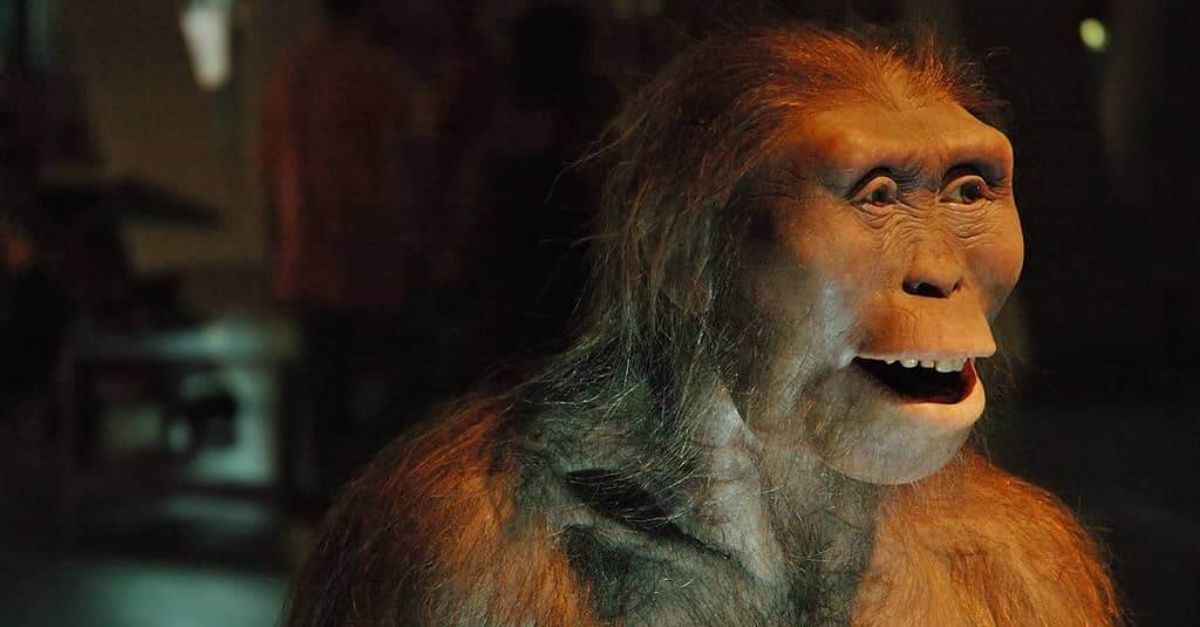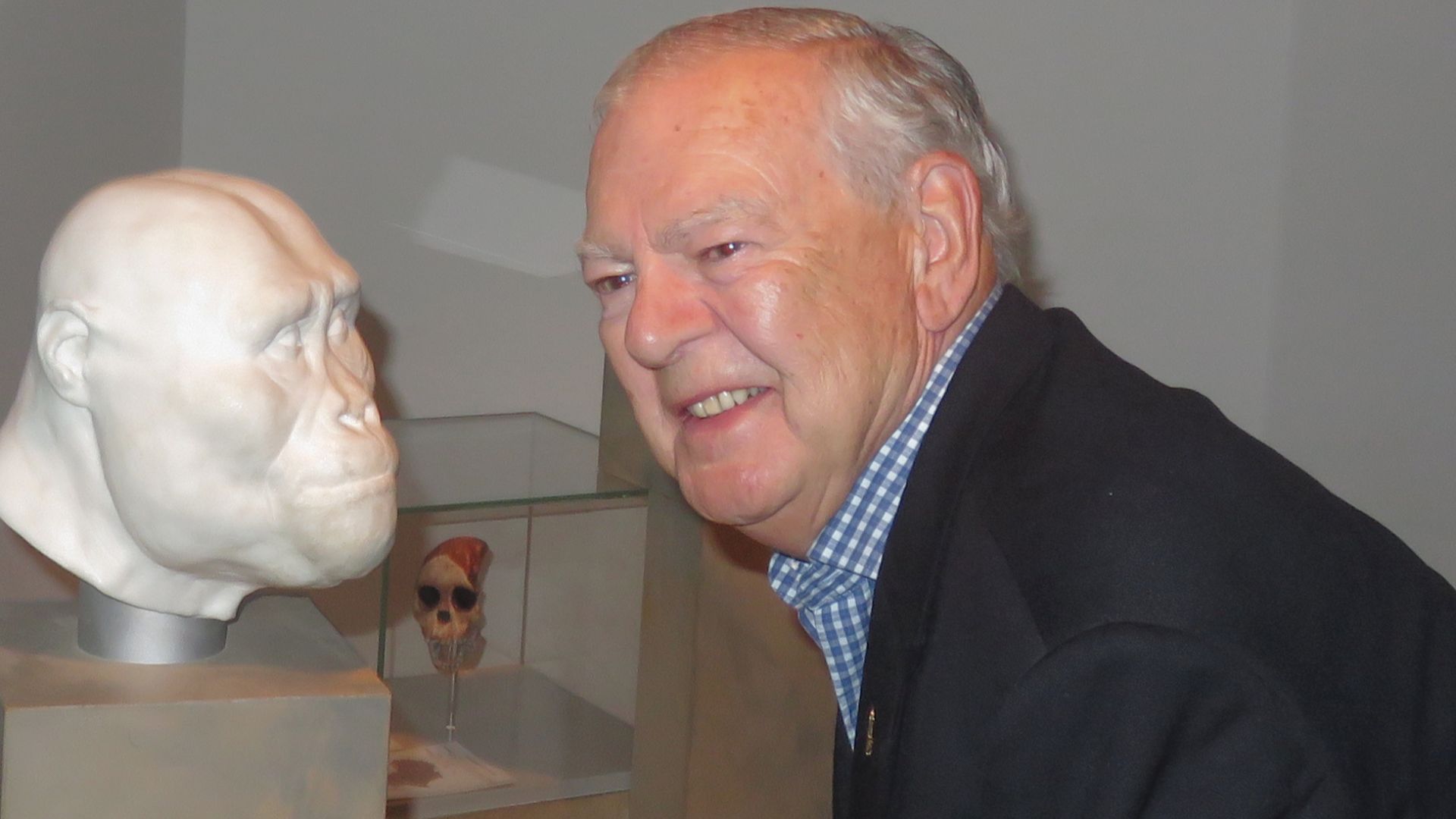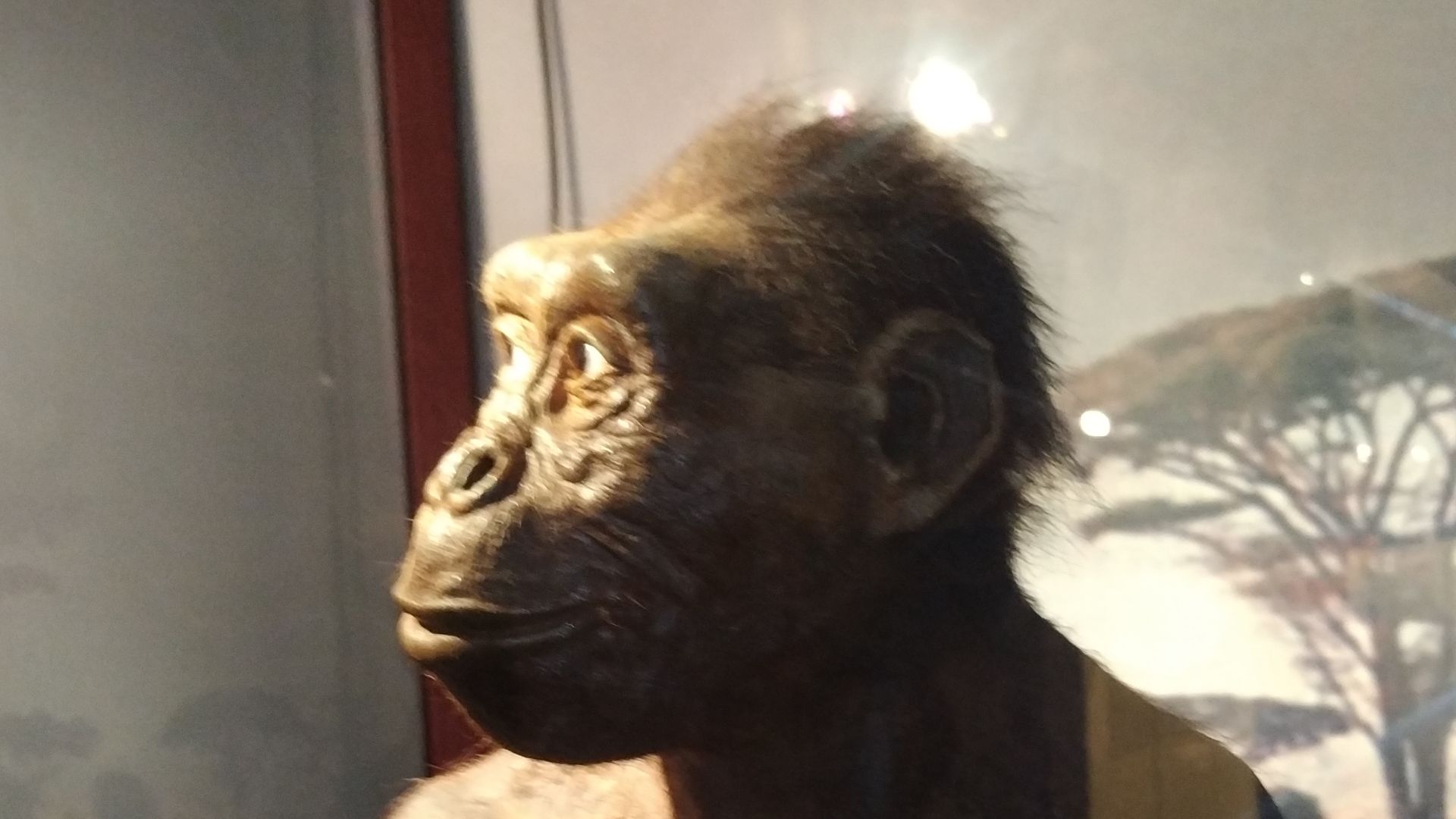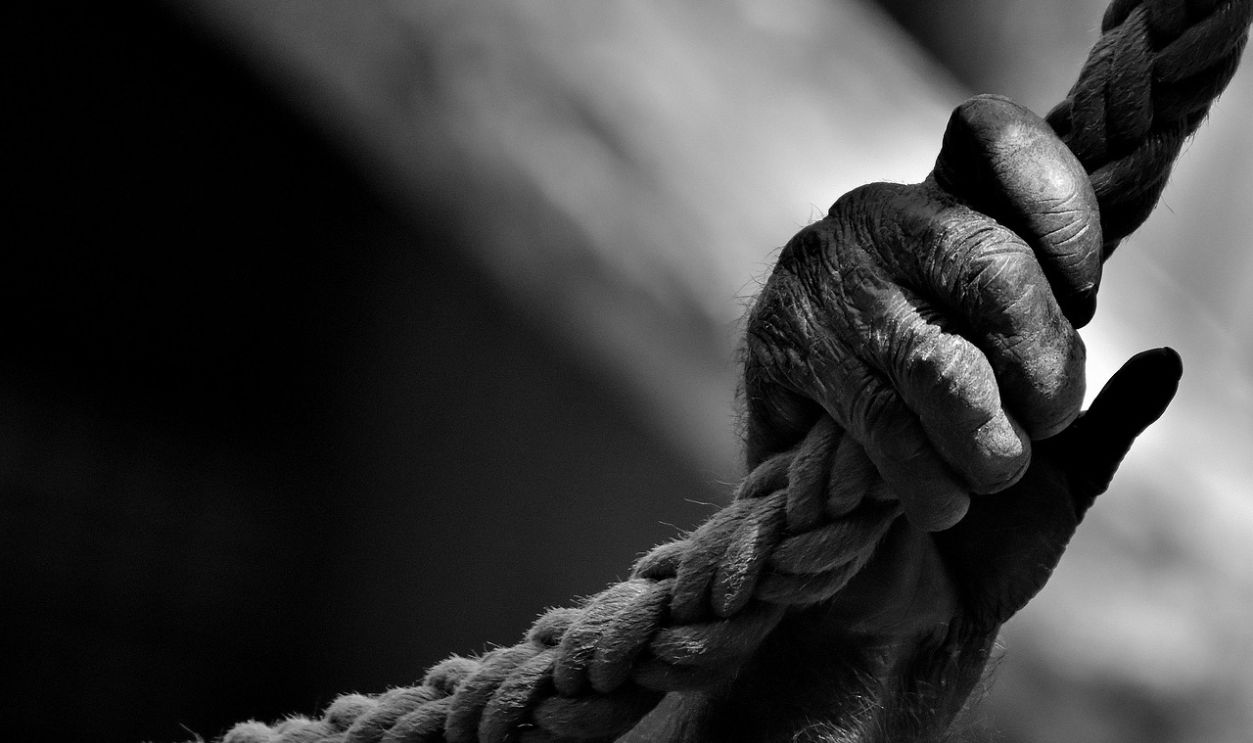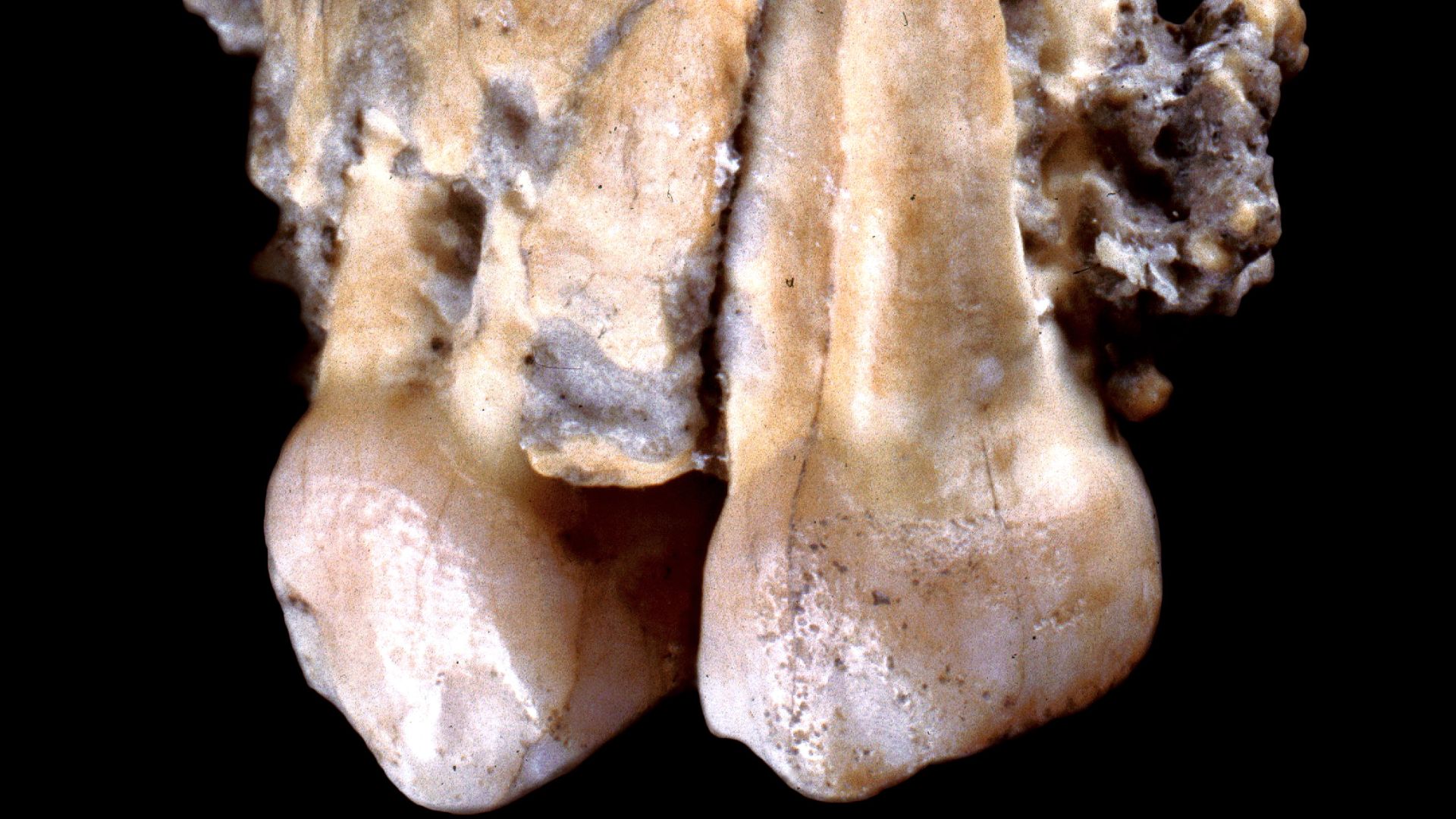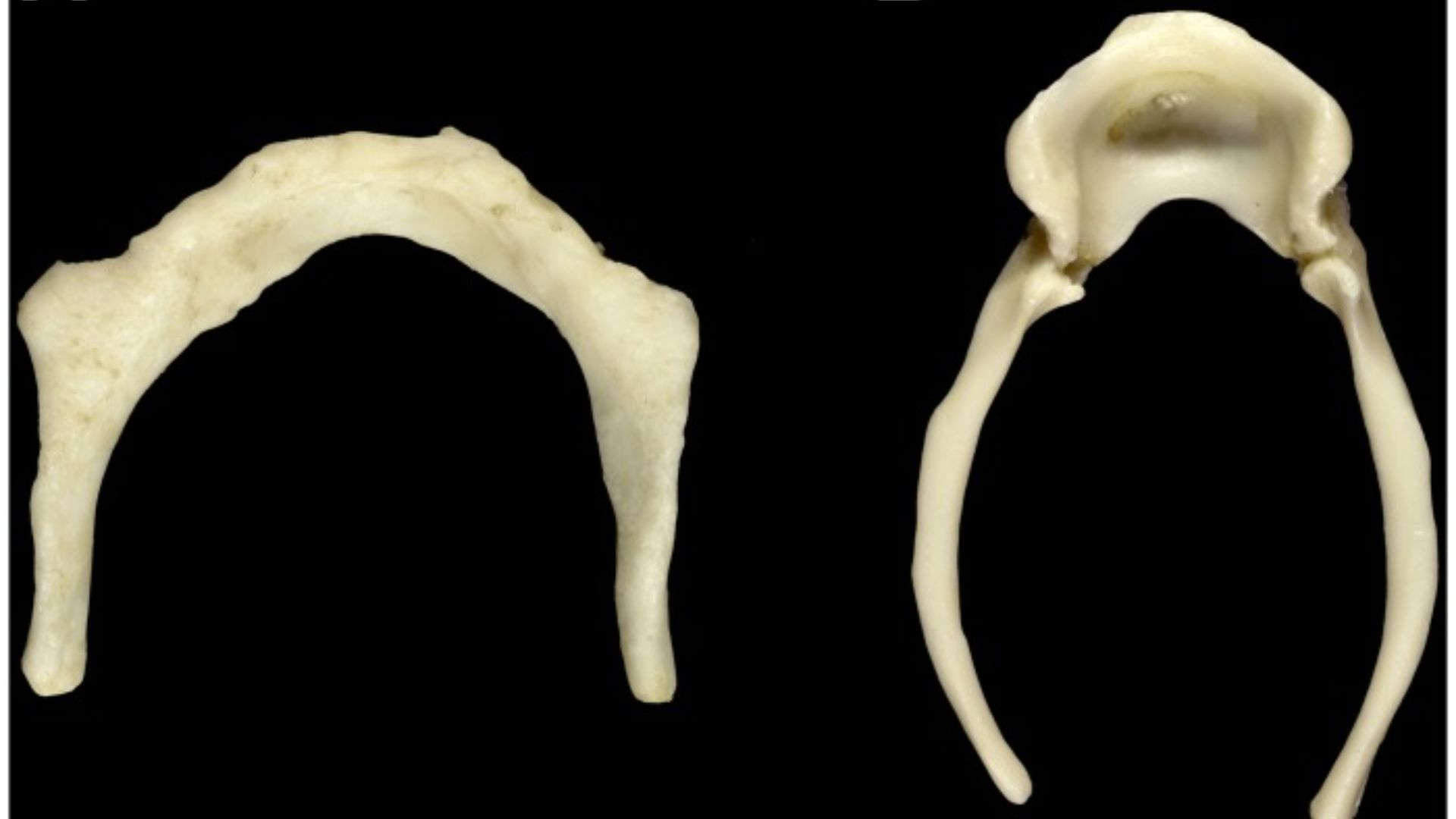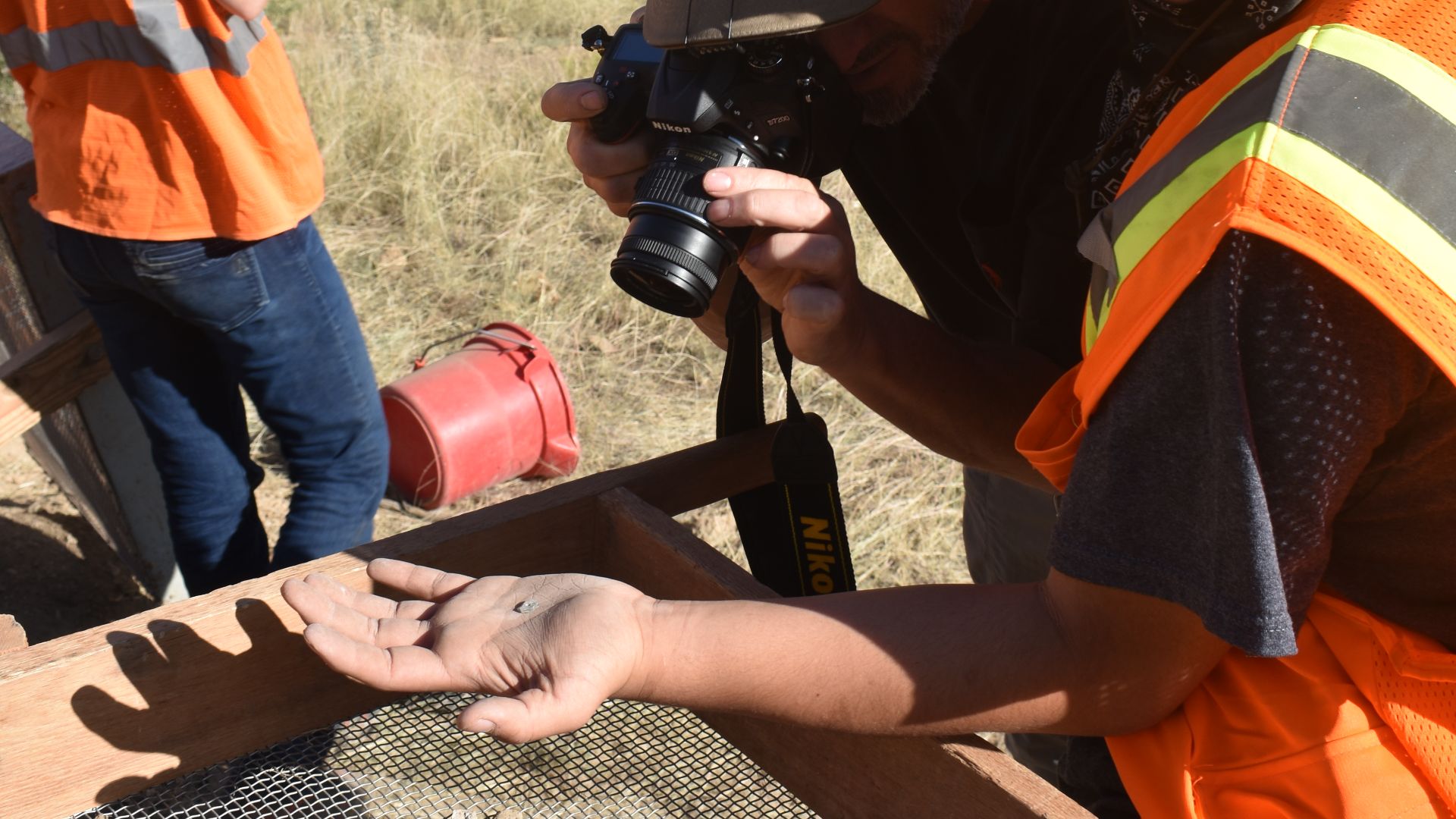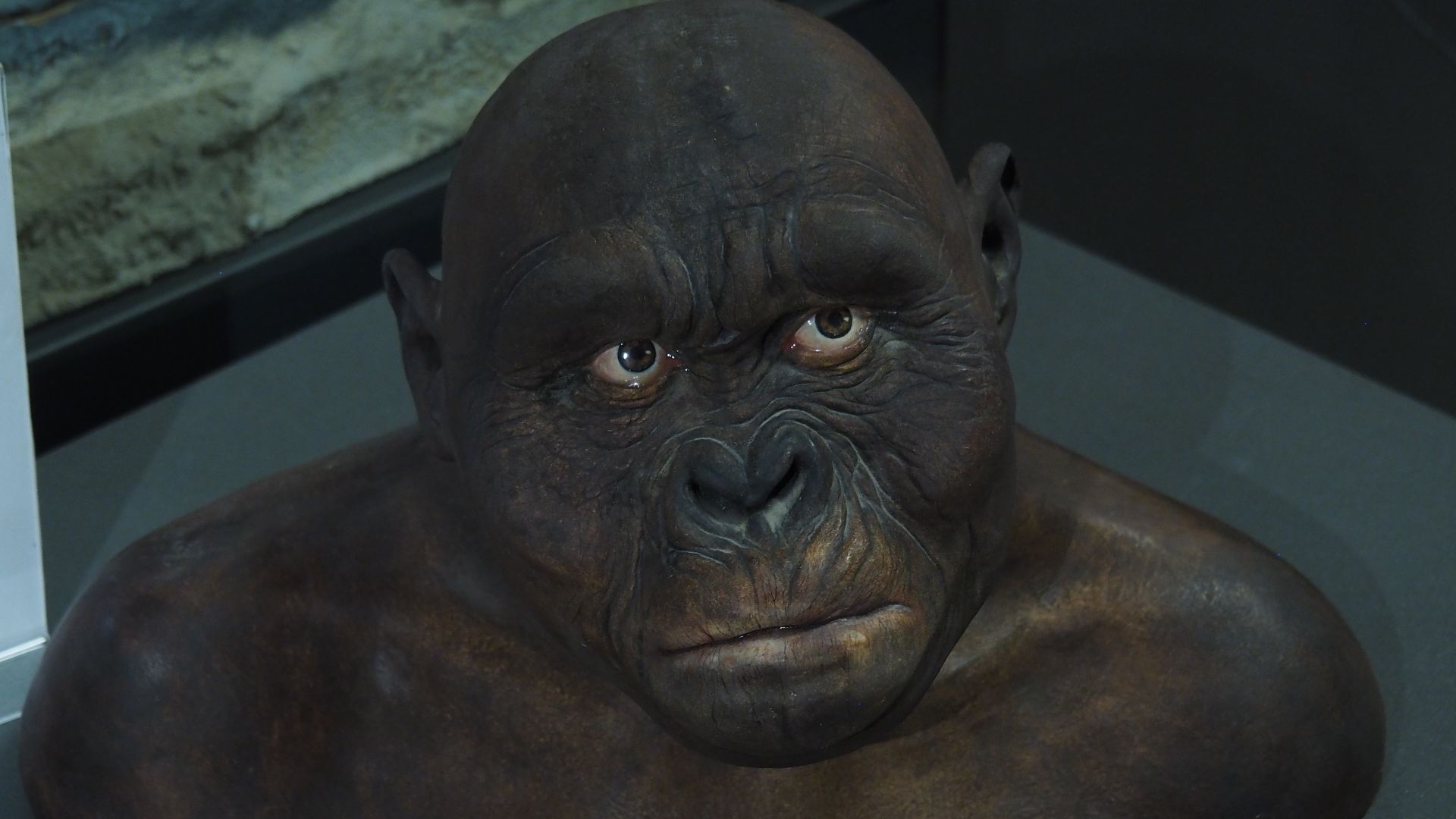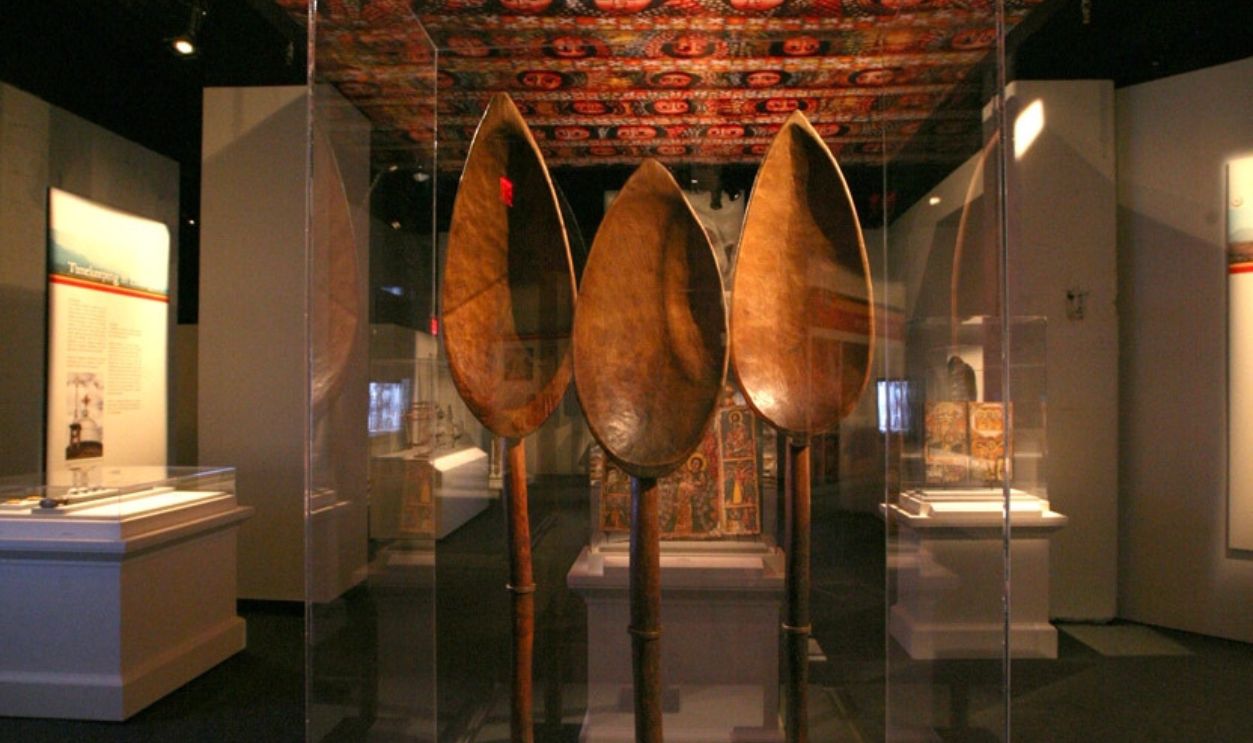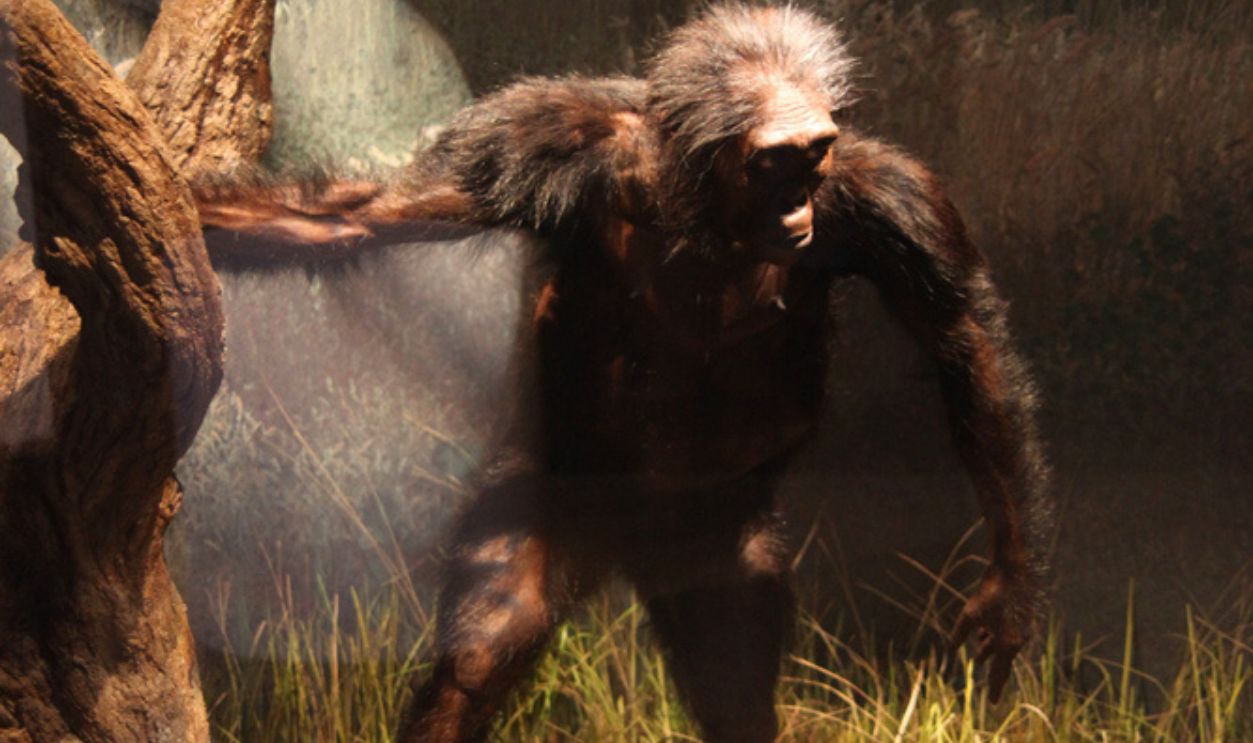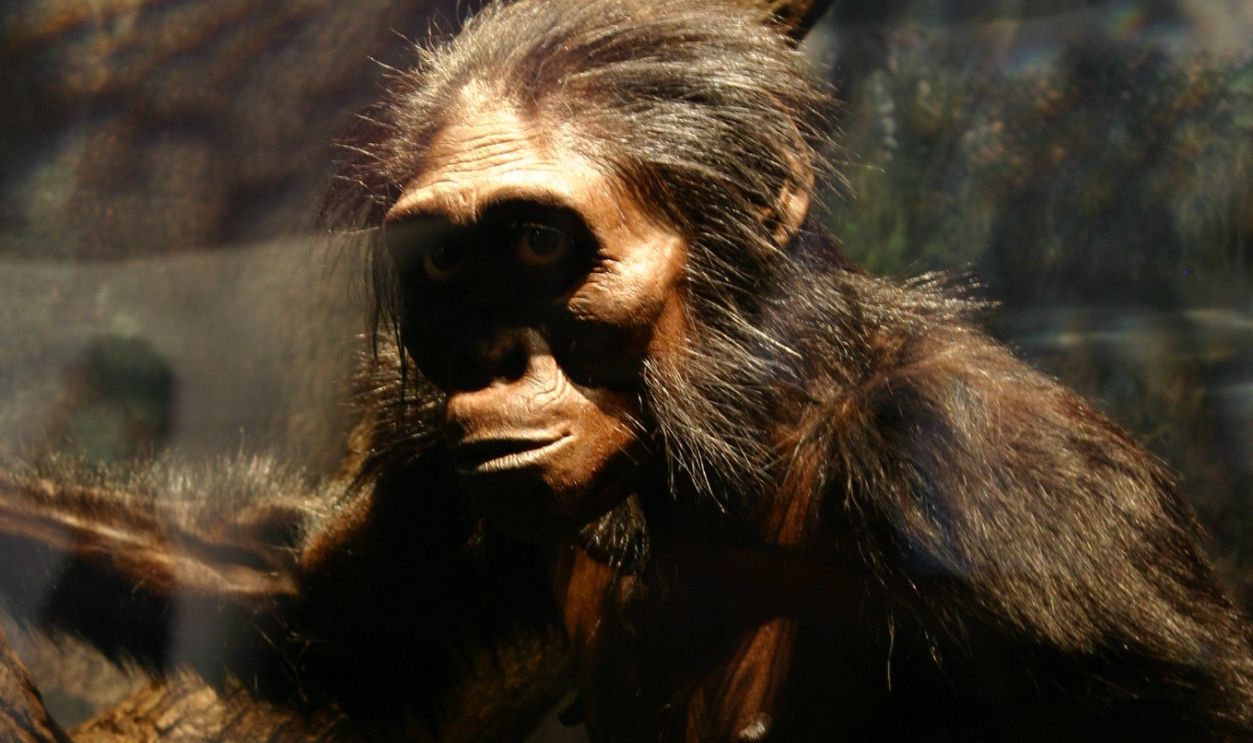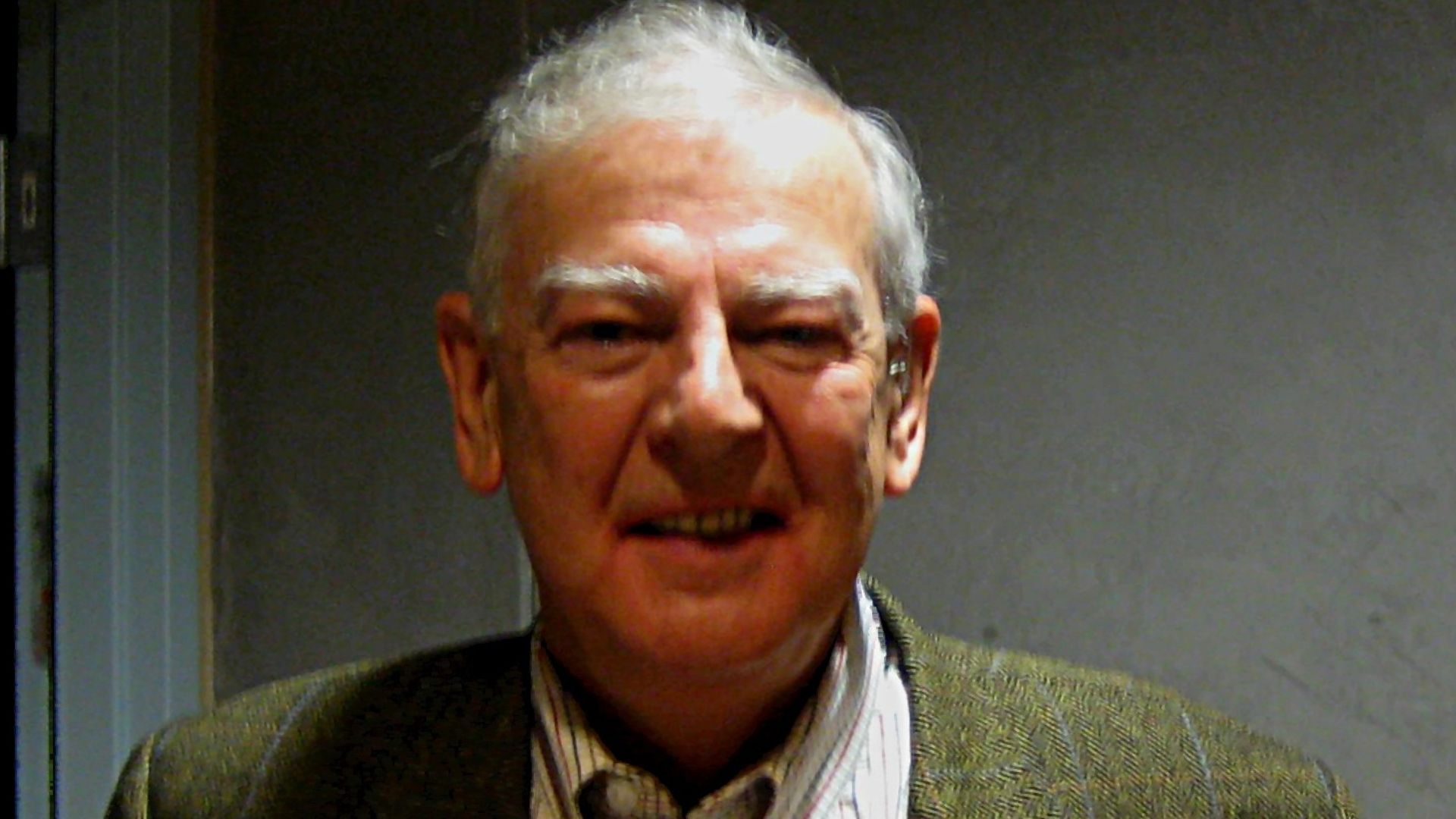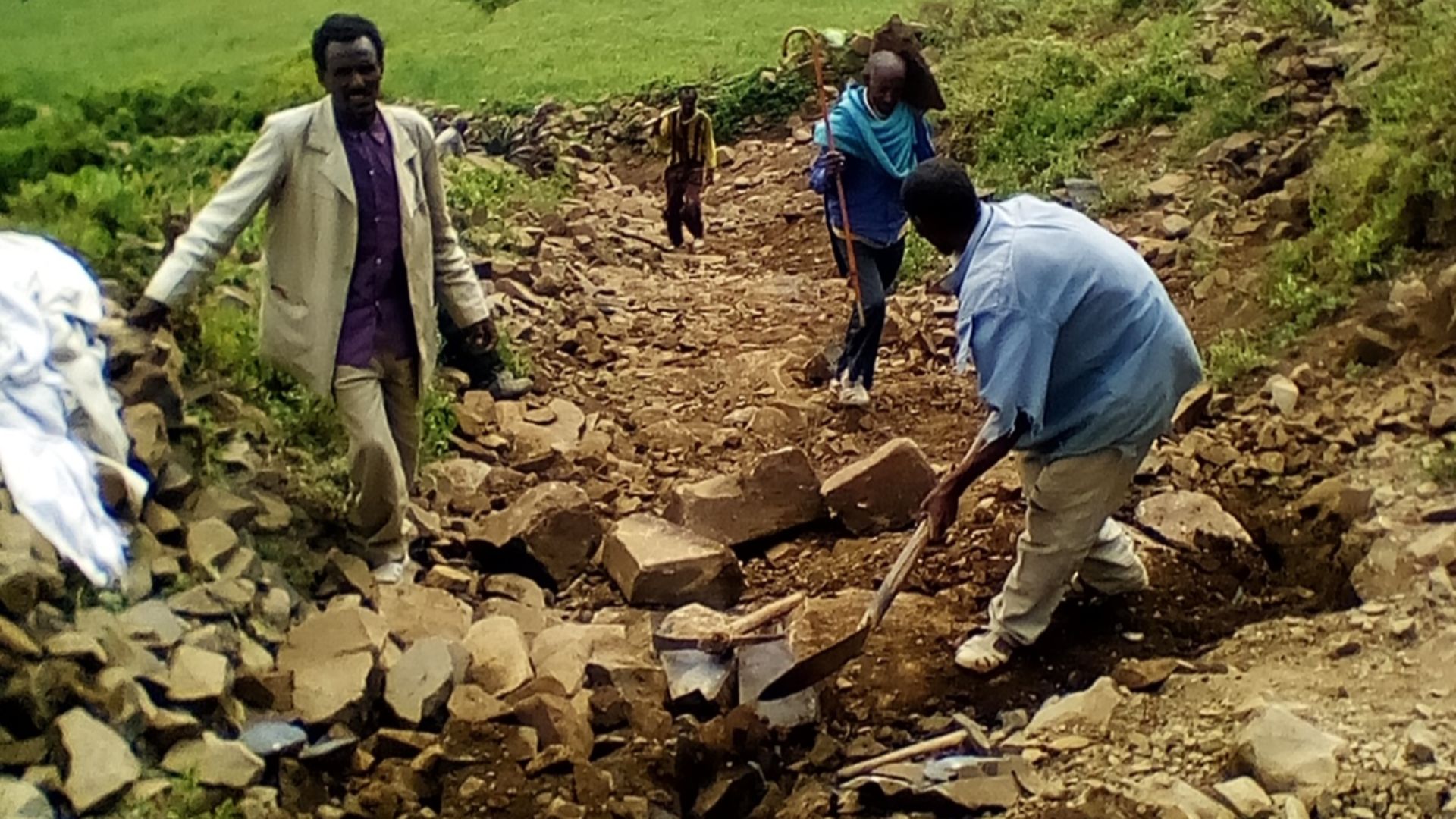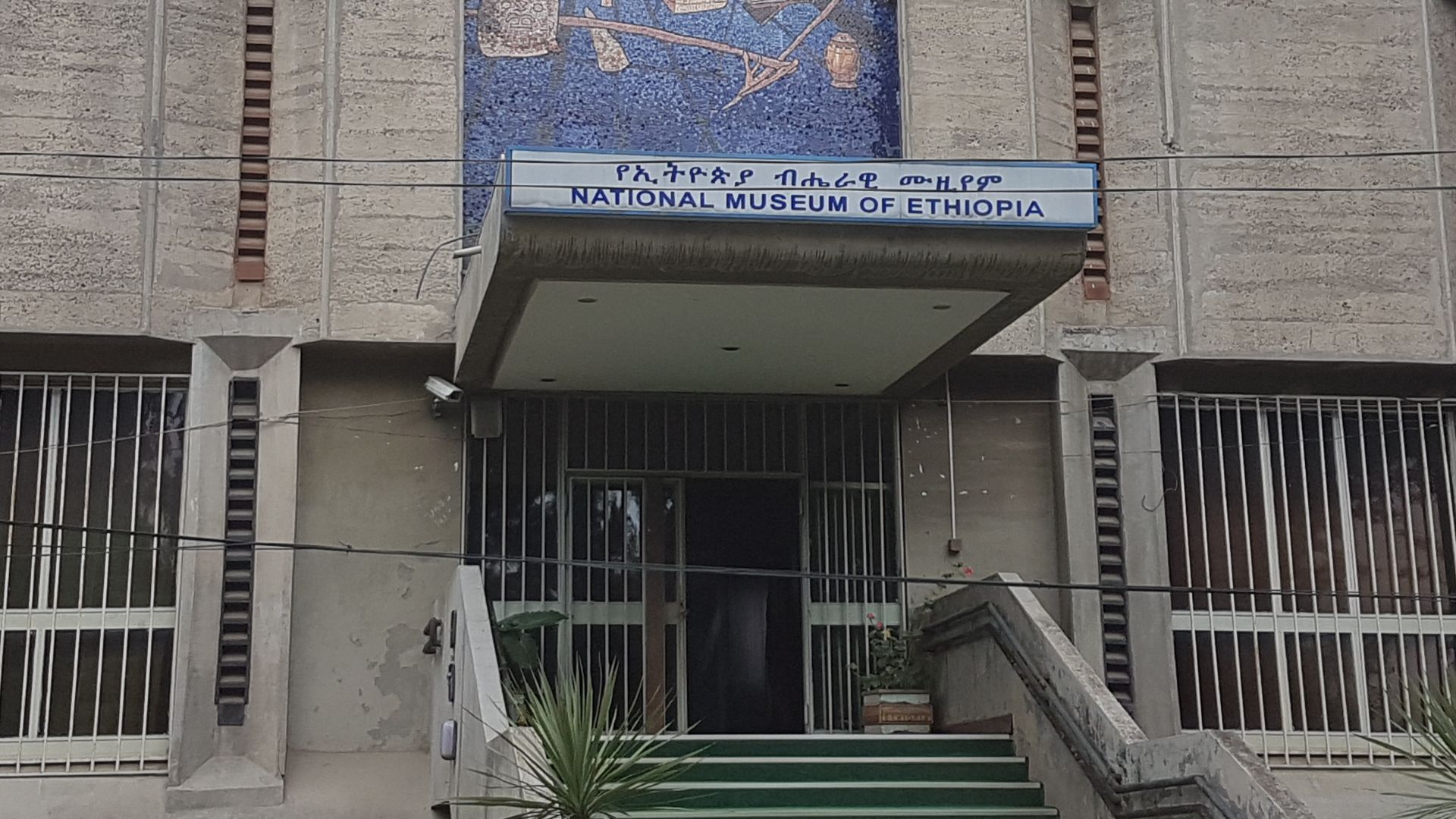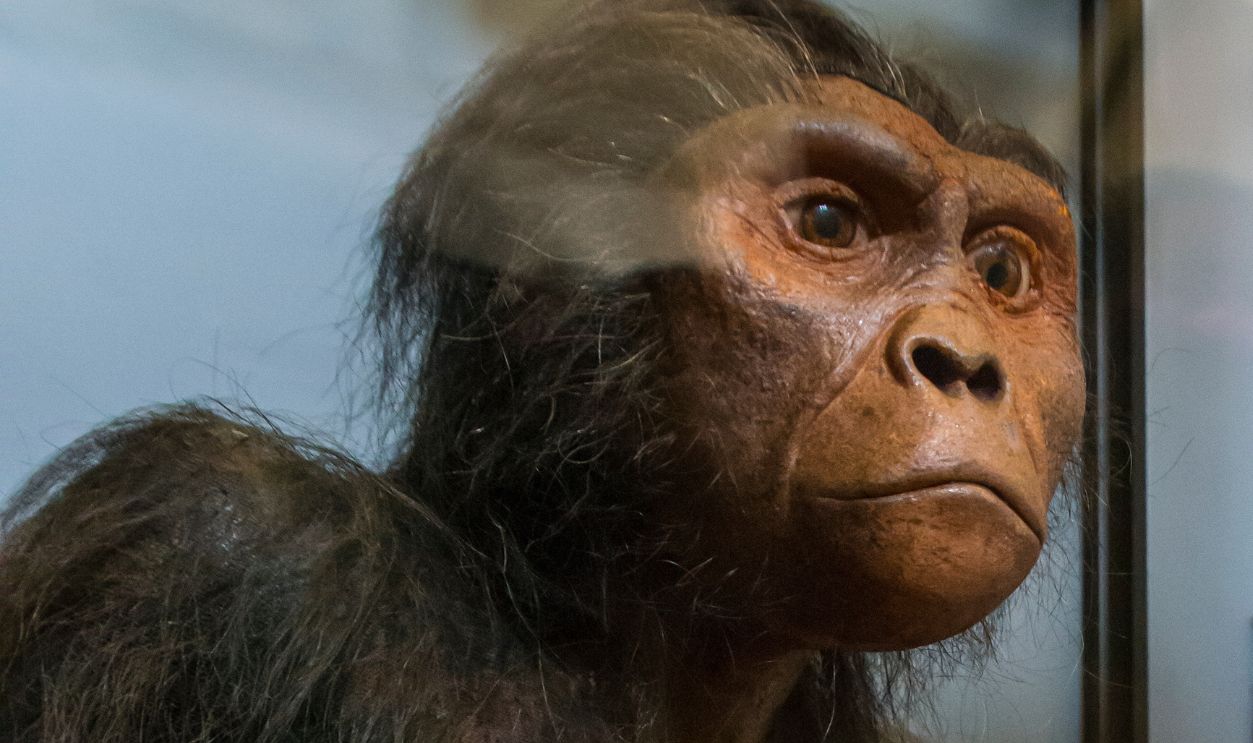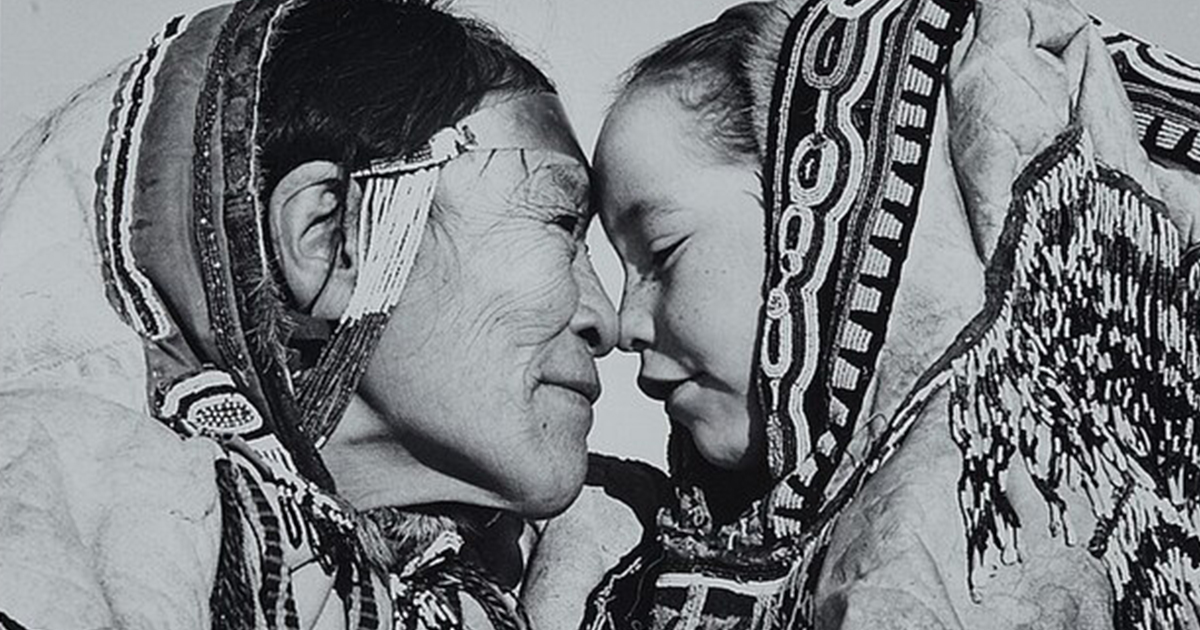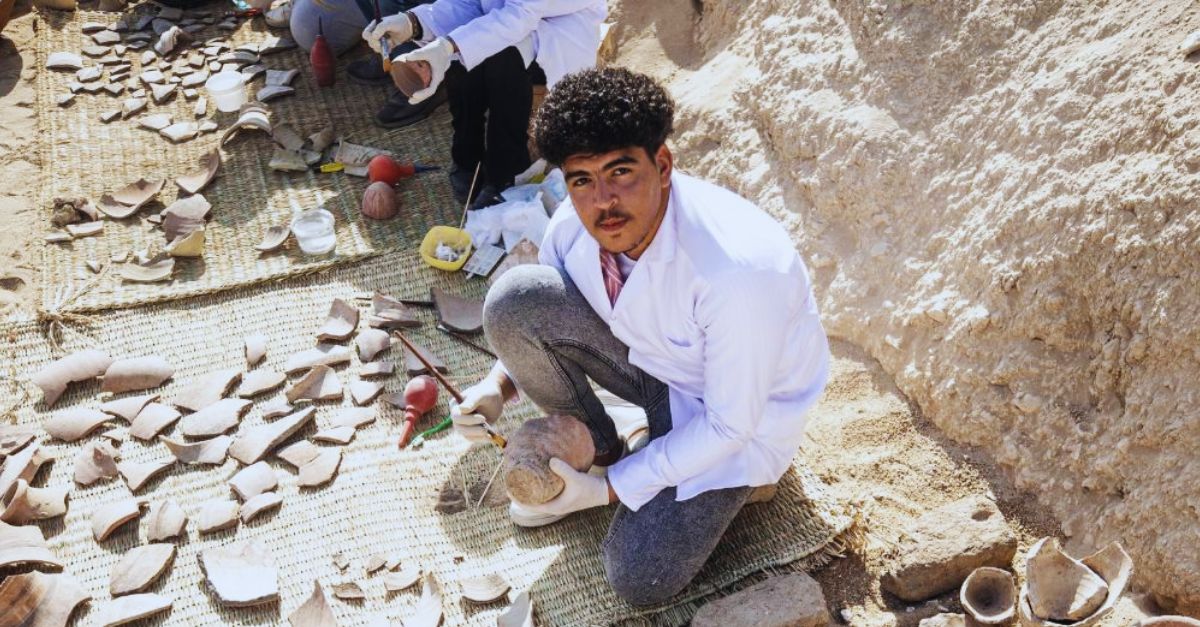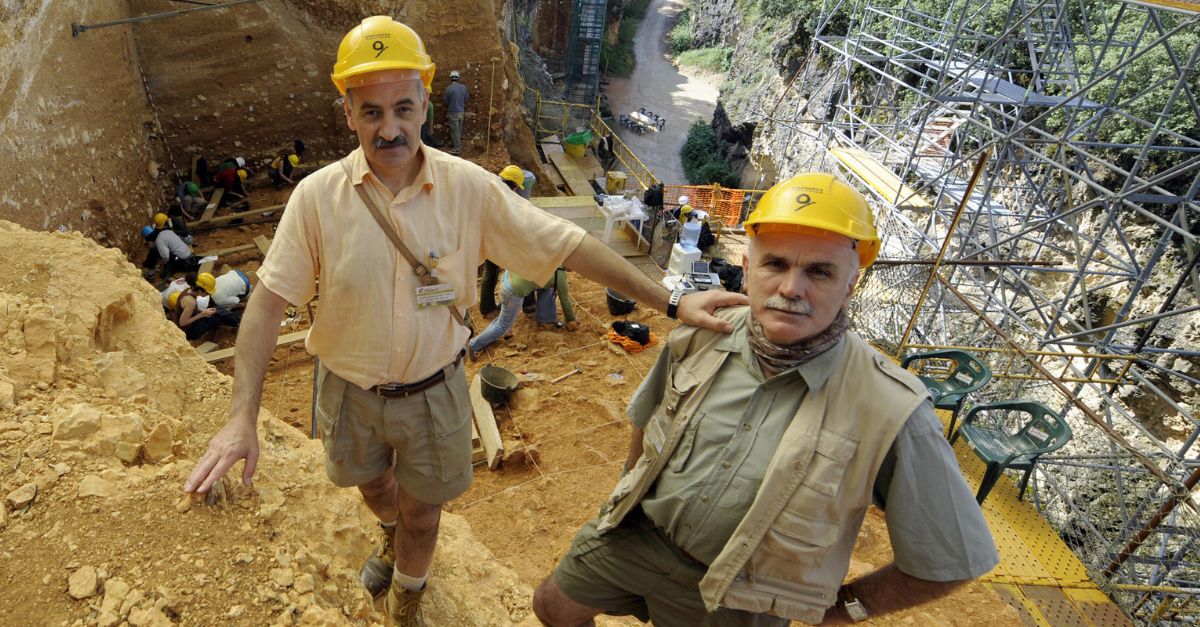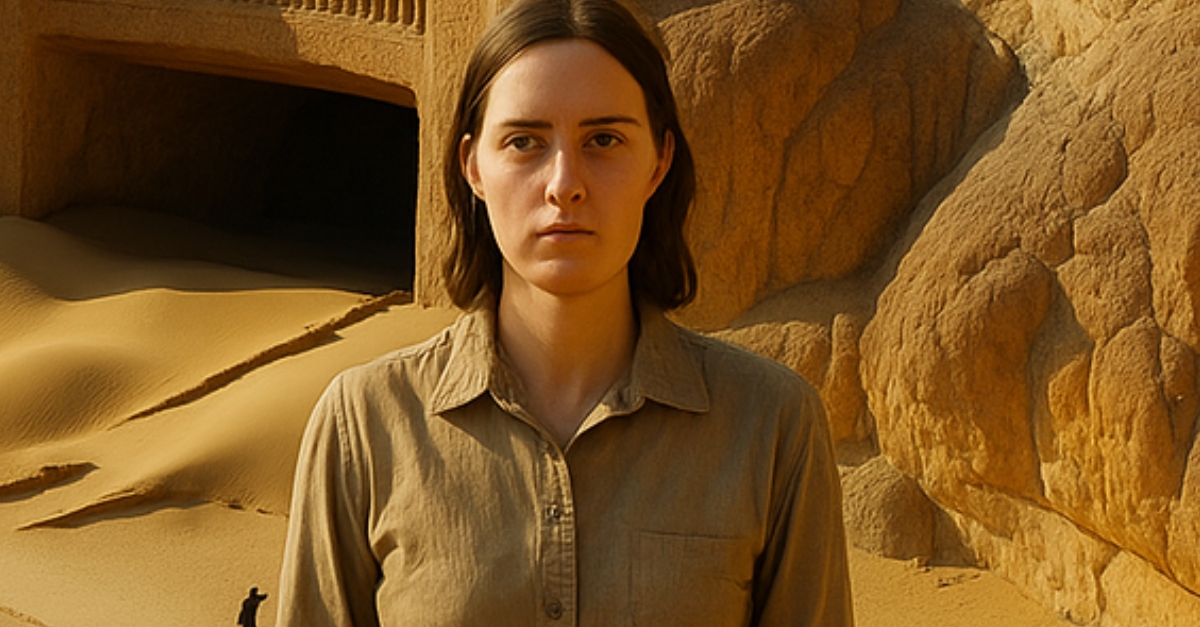A Skeleton Waiting To Be Found
In 1974, something ancient stirred beneath the Ethiopian soil. A chance discovery in the Afar Depression would soon draw the world's attention to a remote patch of earth and a skeleton that had quietly waited for millions of years to be found.
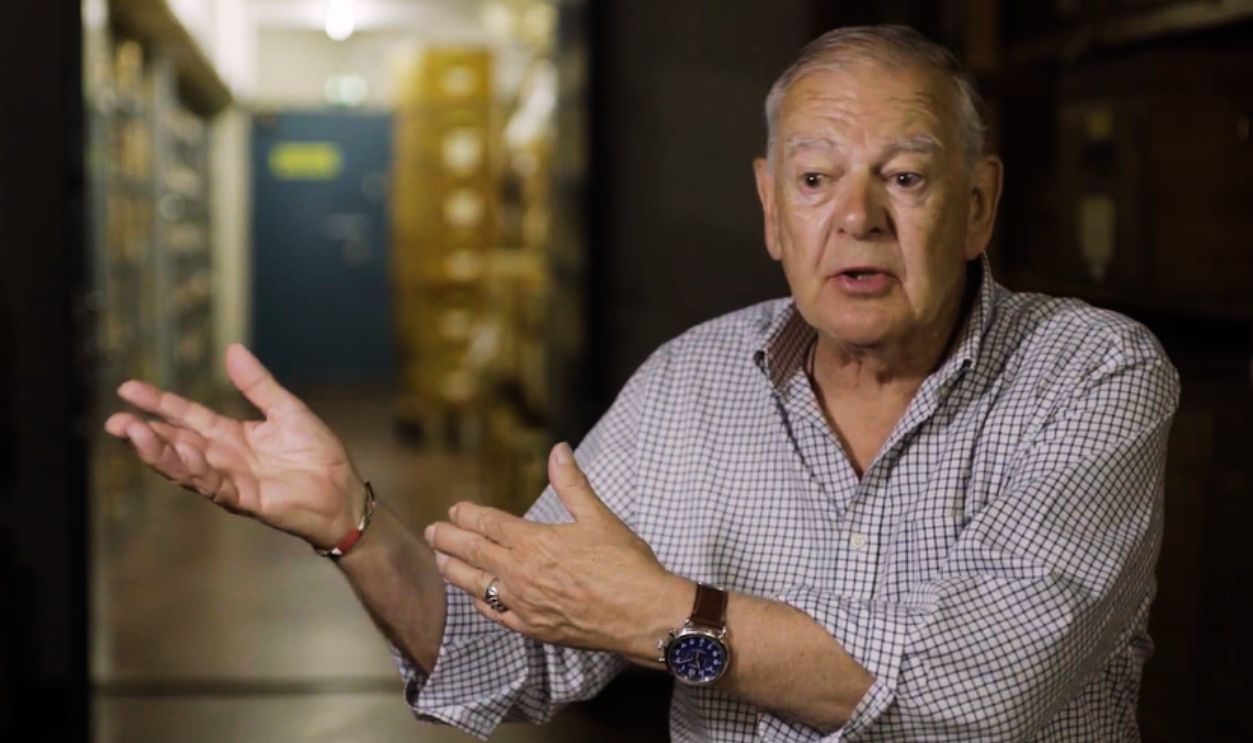
The Discovery In Ethiopia That Shook Paleoanthropology
While surveying Ethiopia's Hadar region, paleoanthropologist Donald Johanson spotted a small piece of elbow bone sticking from the sediment. Within hours, he and his team uncovered fragments from one of the most complete early hominin skeletons ever found. The find challenged every timeline of human evolution.
 by courtesy of Don Johanson personally, Wikimedia Commons
by courtesy of Don Johanson personally, Wikimedia Commons
The Discovery In Ethiopia That Shook Paleoanthropology (Cont.)
That moment of chance, November 24, 1974, was never meant for excavation. Yet, as Johanson returned to a previously explored site, more bones emerged. The growing collection made it clear: they belonged to one upright-walking ancestor whose presence would ripple through paleoanthropology.
The Beatles, A Campfire, And A Name That Stuck
That evening, the team played Lucy in the Sky with Diamonds on repeat around their campfire. Amid the excitement, someone called the fossil Lucy, and the name stuck. Though informal, it became iconic to symbolize a fossil in this way. It was a paleoanthropology revolution.
 United Press International, photographer unknown, Wikimedia Commons
United Press International, photographer unknown, Wikimedia Commons
How Lucy's Bones Were Carefully Retrieved
Over several weeks, researchers meticulously extracted over 40 percent of Lucy's skeleton from the sediment. They used fine brushes and a slow, careful approach to avoid damage. Each bone was cataloged on-site and transported to Addis Ababa for further cleaning and analysis.
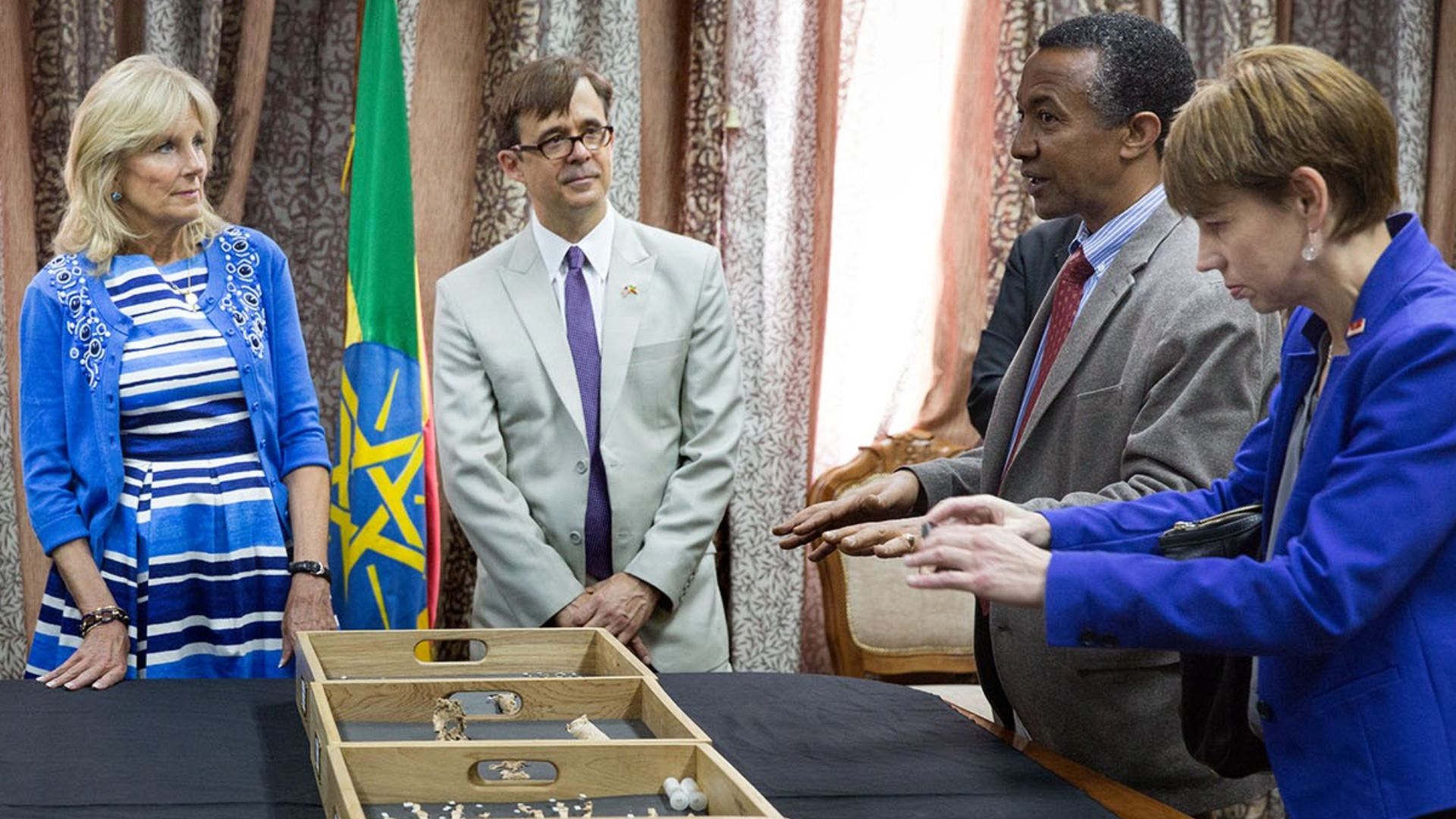 David Lienemann, Wikimedia Commons
David Lienemann, Wikimedia Commons
First Impressions And Scientific Buzz
Lucy's small frame and hip structure immediately suggested upright walking. Scientists were stunned by the completeness of the skeleton, which was rare for fossils this ancient. Early analyses, sparking intense excitement and controversy across the scientific community, pointed to an important evolutionary link.
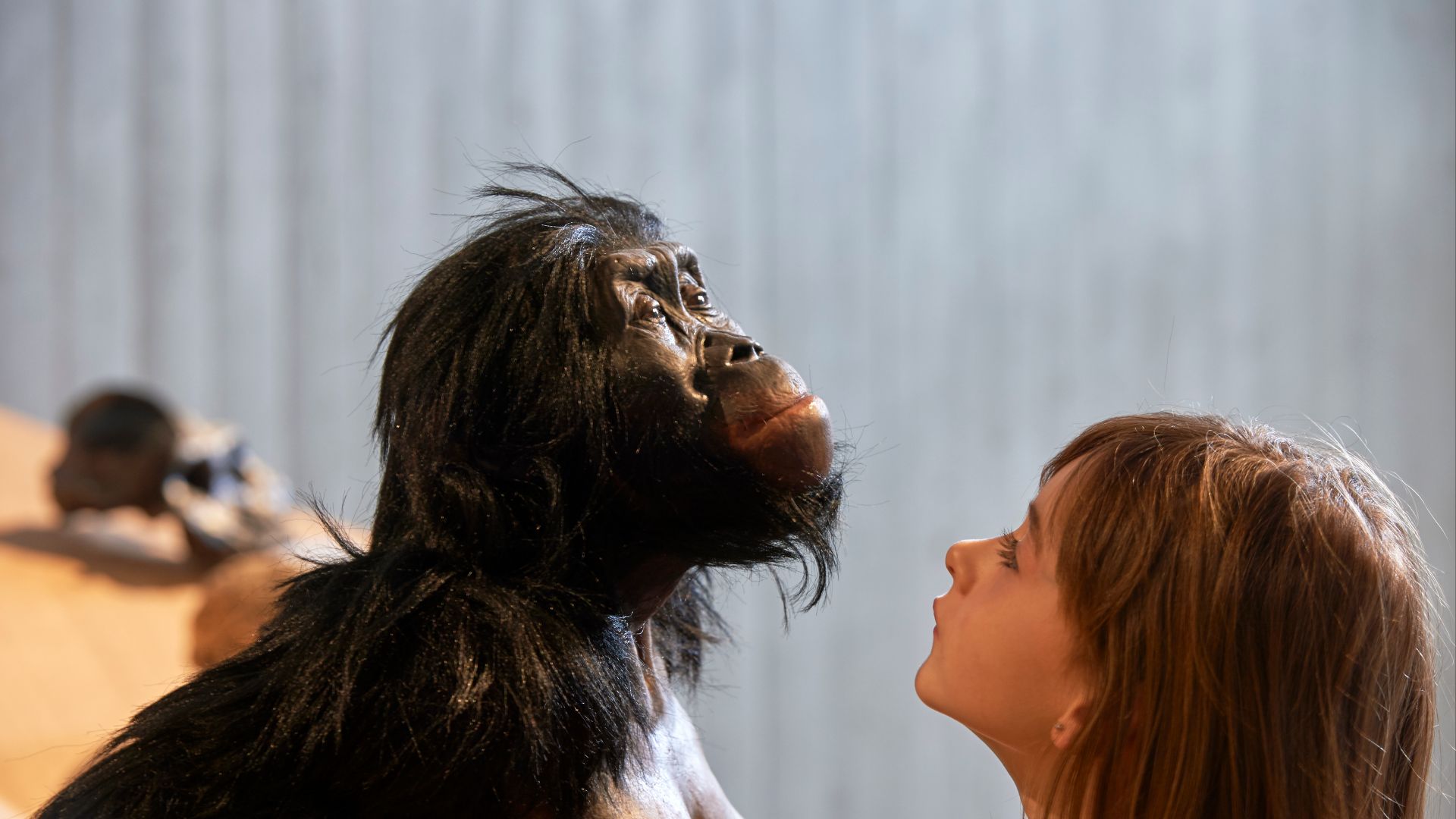 Neanderthal-Museum, Mettmann, Wikimedia Commons
Neanderthal-Museum, Mettmann, Wikimedia Commons
Ethiopia Embraces Its 3.2-Million-Year-Old Icon
The original remains are preserved with care at the National Museum in Addis Ababa, while replicas tour globally. Early on, Ethiopia's government recognized her cultural value and embraced her significance. In time, she became a national treasure, respected and safeguarded by those who found her first.
 Francisco Anzola, Wikimedia Commons
Francisco Anzola, Wikimedia Commons
Her Skull And The Truth About Early Brain Size
Lucy's skull was small, and her brain volume was estimated at around 400 cubic centimeters, closer to a chimpanzee than a modern human. Despite this, she showed key evolutionary adaptations in the skull base that supported upright posture, so it means that walking evolved long before brain expansion did.
The Pelvis That Proved Upright Walking Began Early
Her short, broad pelvis clearly showed an adaptation for bipedalism. Unlike apes, whose ilia flare outward, Lucy's pelvis is wrapped around her body to support an upright stride and balance. This anatomical evidence proved early hominins walked on two feet well before modern human features emerged.
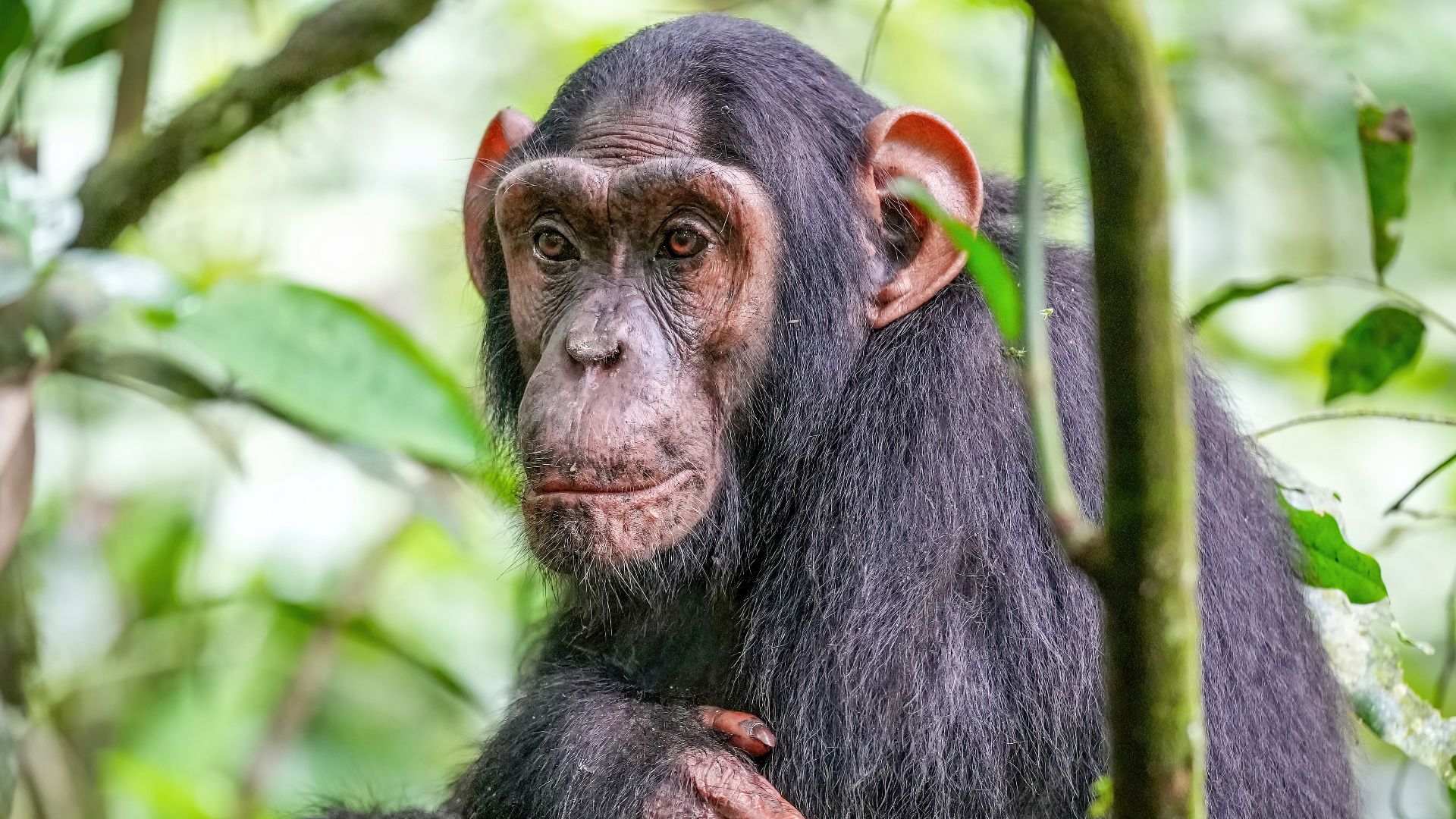 Giles Laurent, Wikimedia Commons
Giles Laurent, Wikimedia Commons
Curved Fingers Hinting At A Life In The Trees
Although Lucy walked upright, her fingers were curved, an adaptation typically linked to climbing. Scientists suggest she likely still spent time in trees, possibly for sleep or safety. It might’ve been a transitional phase between arboreal movement and life entirely on the ground.
Her Height, Weight, And Overall Frame
Lucy stood approximately 3.5 feet tall and weighed about 60 pounds. Her slender build and limb proportions resembled both human and ape features. The structure of her ribcage and limbs were of a body built for endurance walking, yet still retaining agility in varied environments.
 ErnestoLazaros, Wikimedia Commons
ErnestoLazaros, Wikimedia Commons
Teeth And Clues To A Mostly Plant-Based Diet
Her molars were large with thick enamel, which suggests a diet of tough, fibrous plants. Wear patterns and jaw structure imply that chewing was essential to survival. While she likely consumed occasional fruit or insects, the dental evidence leans strongly toward a predominantly plant-based diet.
The Hyoid Bone And The Mystery Of Speech
Reconstructions from related Australopithecus specimens point to a primitive, which lacks the horseshoe shape seen in modern humans. Though her hyoid was not recovered, this suggests she likely could not produce complex speech, yet some form of vocal social interaction was probably still present.
The Hyoid Bone And The Mystery Of Speech (Cont.)
The hyoid of a juvenile Australopithecus afarensis specimen, Selam, supports this theory. It resembled that of modern apes by reinforcing the idea that Lucy’s species lacked the vocal range needed for language. Communication likely relied on calls and other social cues.
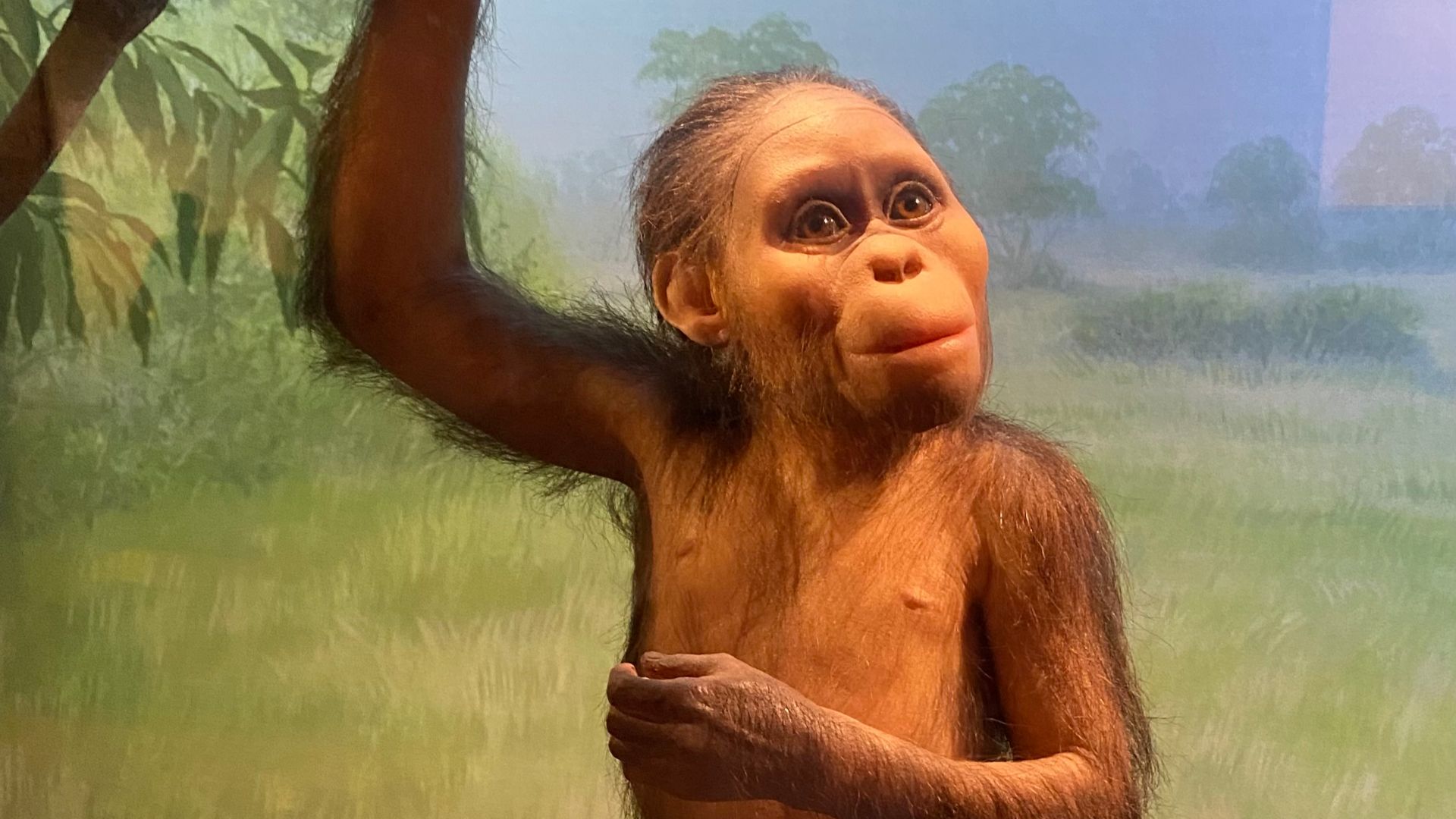 Ryan Schwark, Wikimedia Commons
Ryan Schwark, Wikimedia Commons
Legs Built For Walking, Not Just Climbing
Her femur is angled inward toward the knees to create a valgus angle that supports upright walking. This, combined with a human-like knee joint, allowed efficient bipedal movement. Though she had climbing features, her legs were unmistakably designed to carry her across open terrain.
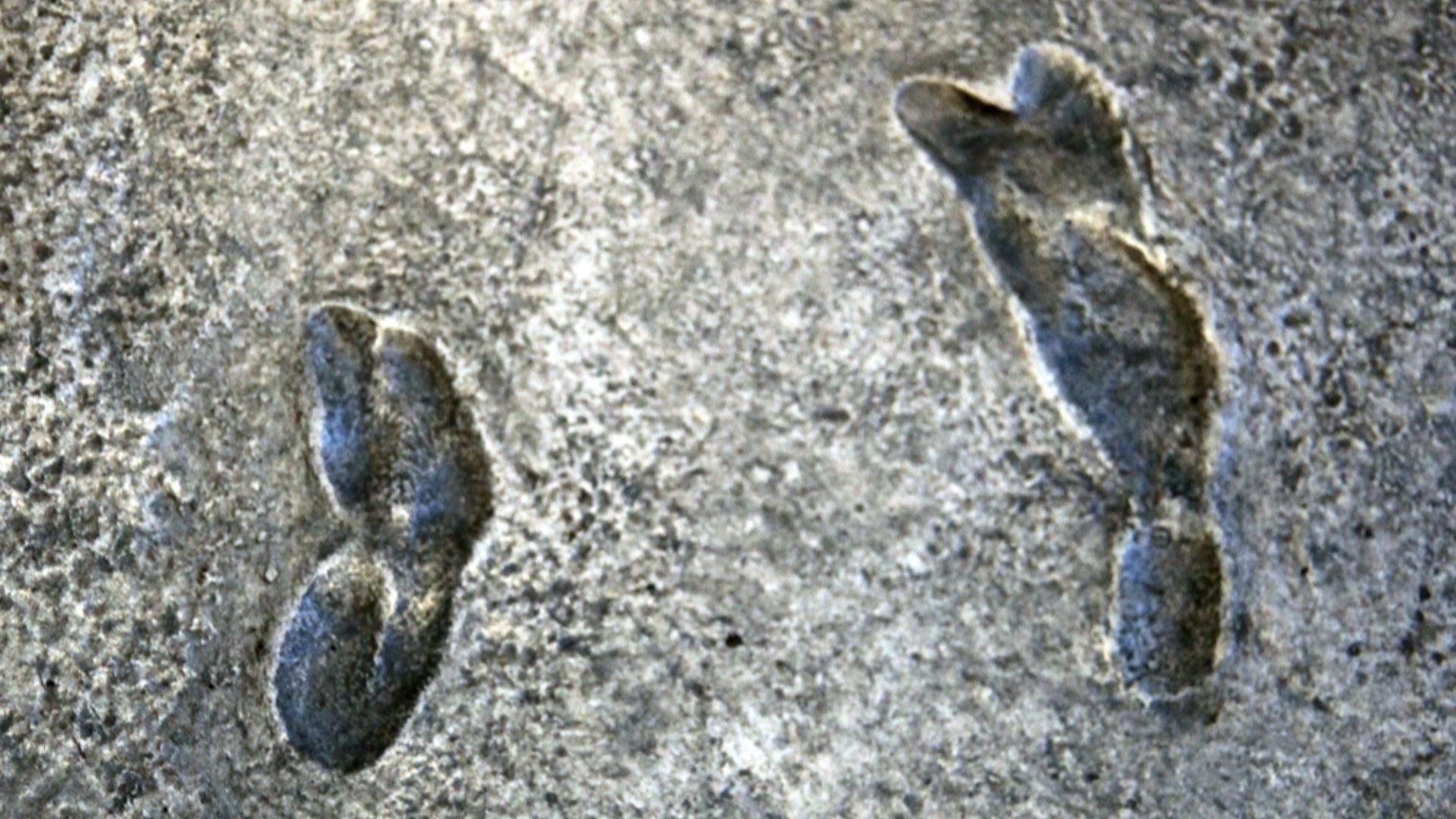 Tim Evanson, Wikimedia Commons
Tim Evanson, Wikimedia Commons
Pieces Still Missing And Why They Matter
Roughly 40 percent of Lucy's skeleton was found, but key parts like feet and the skull's upper portion were incomplete. These gaps leave open questions about her precise locomotion and dexterity. Still, what remains offers unprecedented insight into early hominin anatomy.
Lucy's Species And Its Defining Traits
Australopithecus afarensis existed in East Africa approximately 3.9 to 2.9 million years ago. Members of this species, including Lucy, had small brains and curved fingers. Yet they walked upright, which shows a critical mix of primitive traits and early human adaptations.
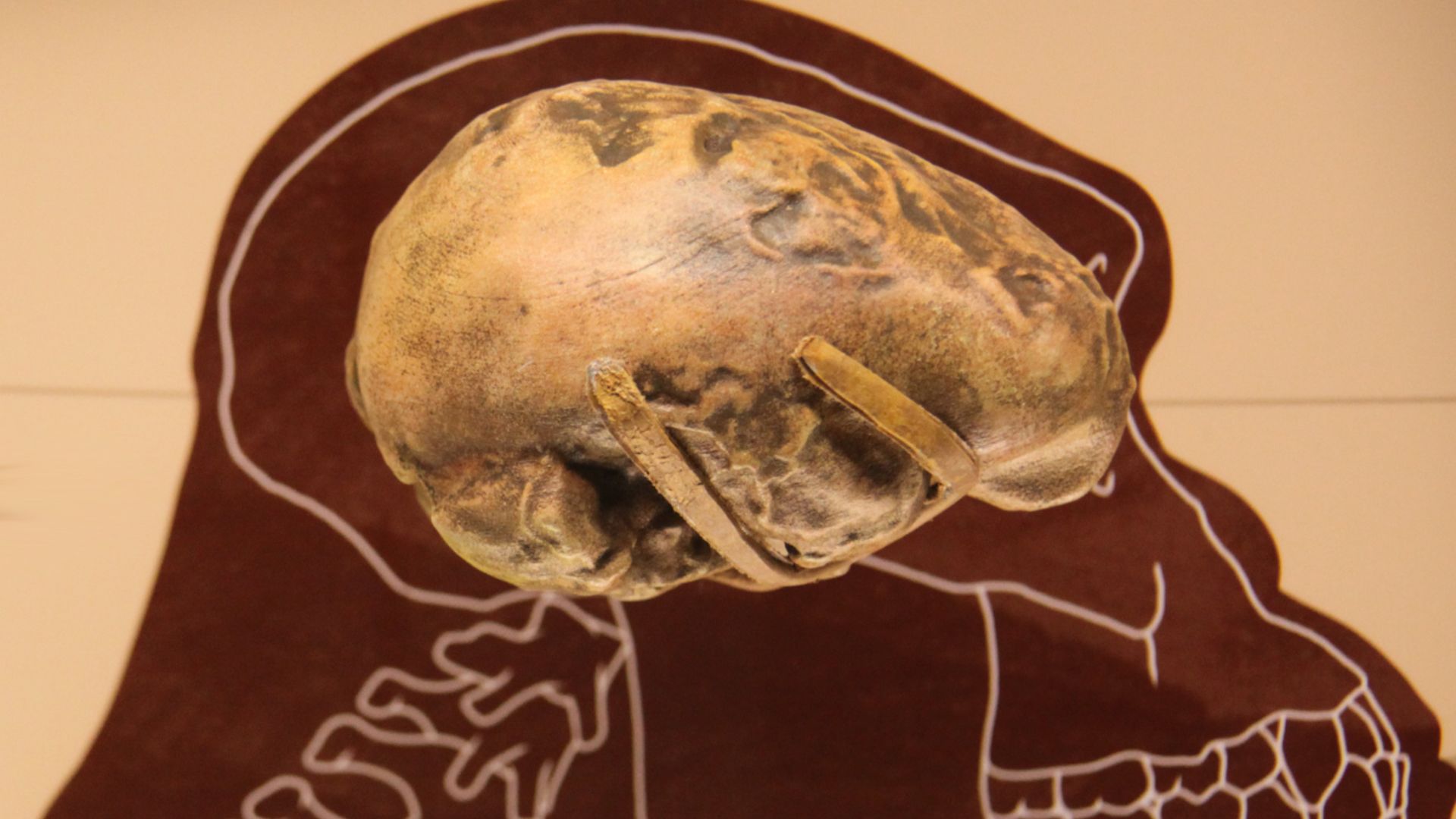 Tim Evanson, Wikimedia Commons
Tim Evanson, Wikimedia Commons
How Australopithecus Afarensis Bridged Ape And Human Features
Knee joints and arched feet show explicit adaptations for walking upright. Yet, grasping toes and elongated arms suggest a body still suited for climbing. Australopithecus afarensis meant a blend of two worlds, no longer entirely ape but not quite human.
Other Australopithecus Afarensis Discoveries That Support Her Story
Fossils like Selam, a juvenile Australopithecus afarensis skeleton found in Dikika, and the Laetoli footprints in Tanzania support Lucy's story. These findings confirm upright walking and similar anatomy across different individuals by reinforcing that Lucy was not a one-off anomaly but part of a consistent evolutionary pattern.
 Momotarou2012, Wikimedia Commons
Momotarou2012, Wikimedia Commons
What Sexual Dimorphism Tells Us About Social Life
Males in Australopithecus afarensis averaged about 4.9 feet tall and 100 pounds, while females stood closer to 3.5 feet and weighed around 64 pounds. This size gap may point to group life, where males competed or had different roles, which shaped how they interacted and survived together.
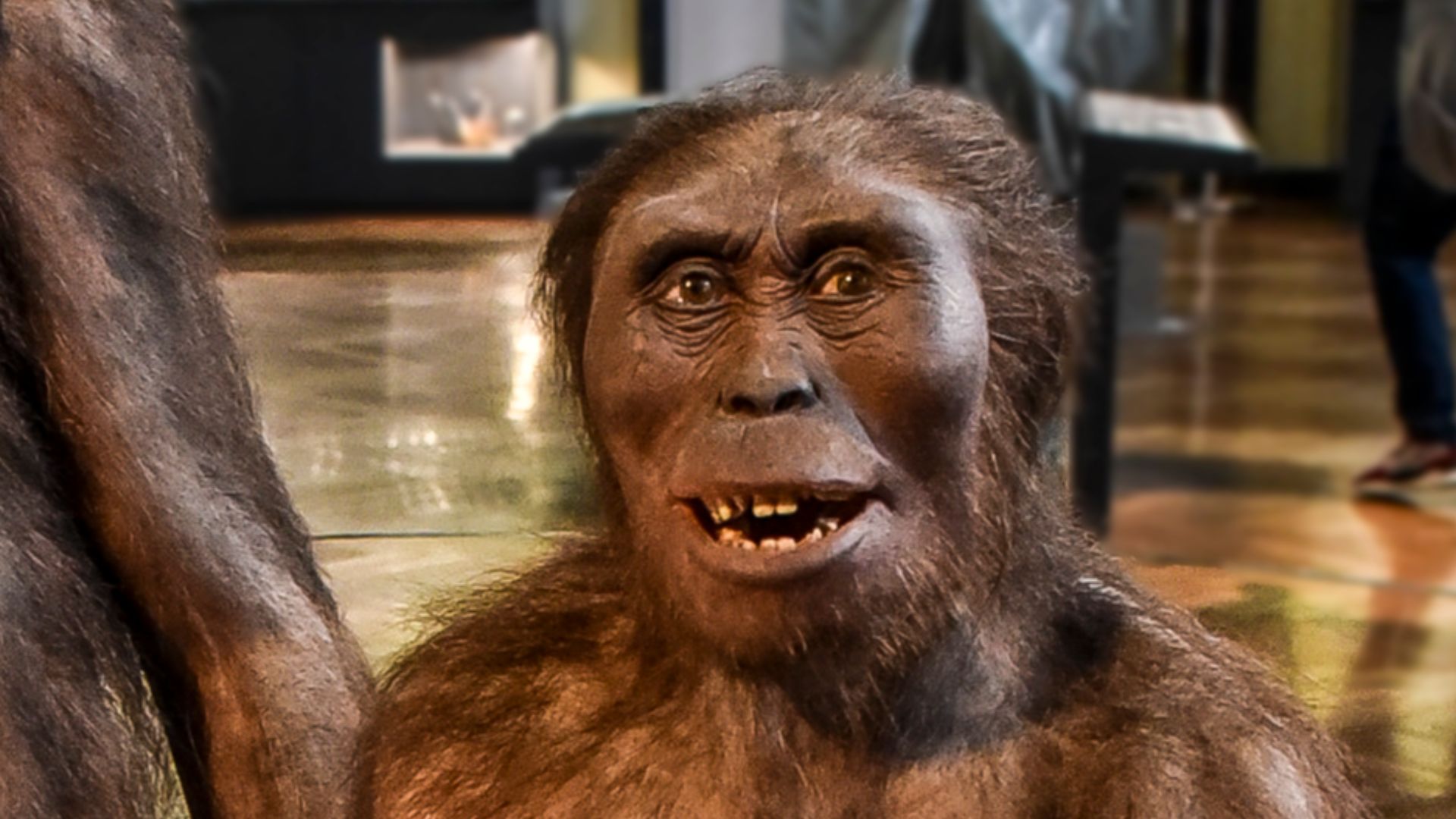 Paul Hermans, Wikimedia Commons
Paul Hermans, Wikimedia Commons
Family Dynamics And Infant Dependency
Infant afarensis likely required prolonged care. The species' small brain size meant relatively immature births that needed extended parental investment. Fossil evidence shows adults and juveniles often die together, which hints at group protection. This suggests early forms of social cooperation and attachment within family-like units.
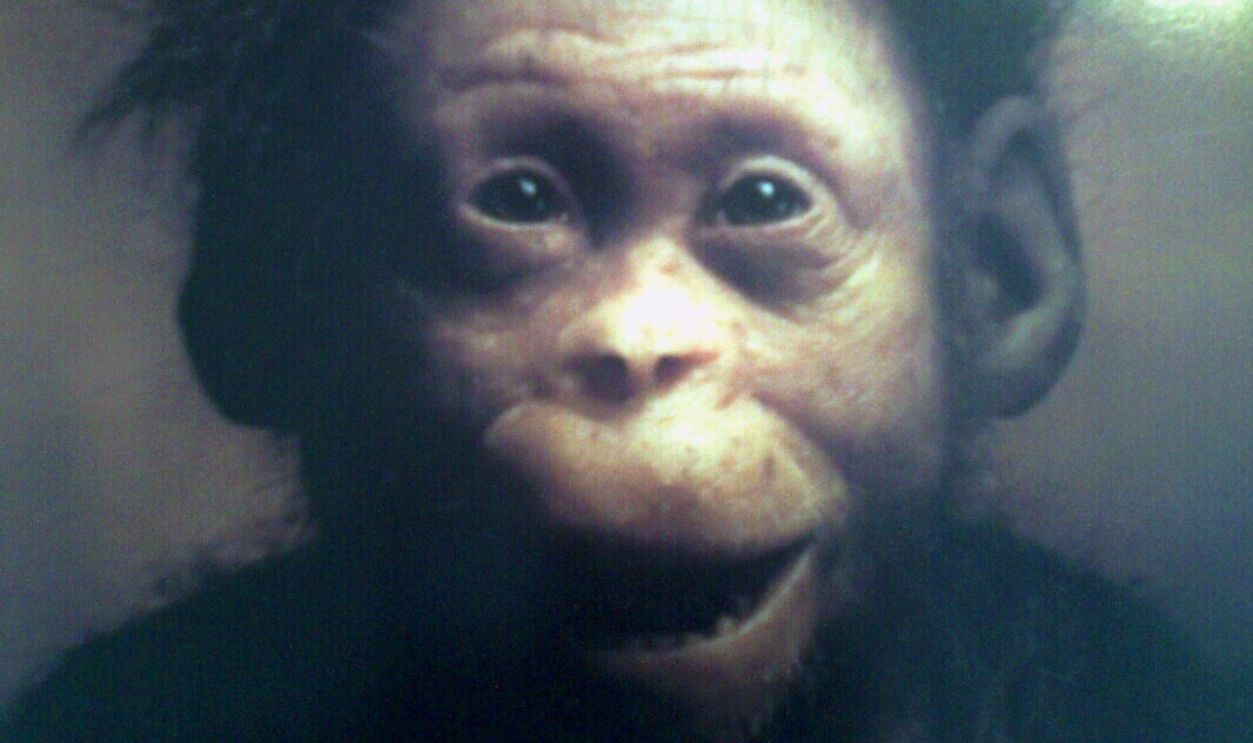 Christine Warner-Morin, Flickr
Christine Warner-Morin, Flickr
The Great Tool Use Debate In Australopithecus Afarensis Life
Stone tools found in Kenya, dated to 3.3 million years ago, predate the genus Homo and have sparked considerable debate. While no tools were found with Lucy, some scientists propose that Australopithecus afarensis may have used simple tools. However, direct evidence remains scarce, which leaves the theory unconfirmed.
Survival Tactics In A Harsh Prehistoric World
Australopithecus afarensis lived in diverse, changing environments with predators like big cats and crocodiles. Their upright posture helped them scan for threats, and tree climbing offered refuge. Their mixed locomotion and dietary flexibility were likely key to surviving the volatile African terrain.
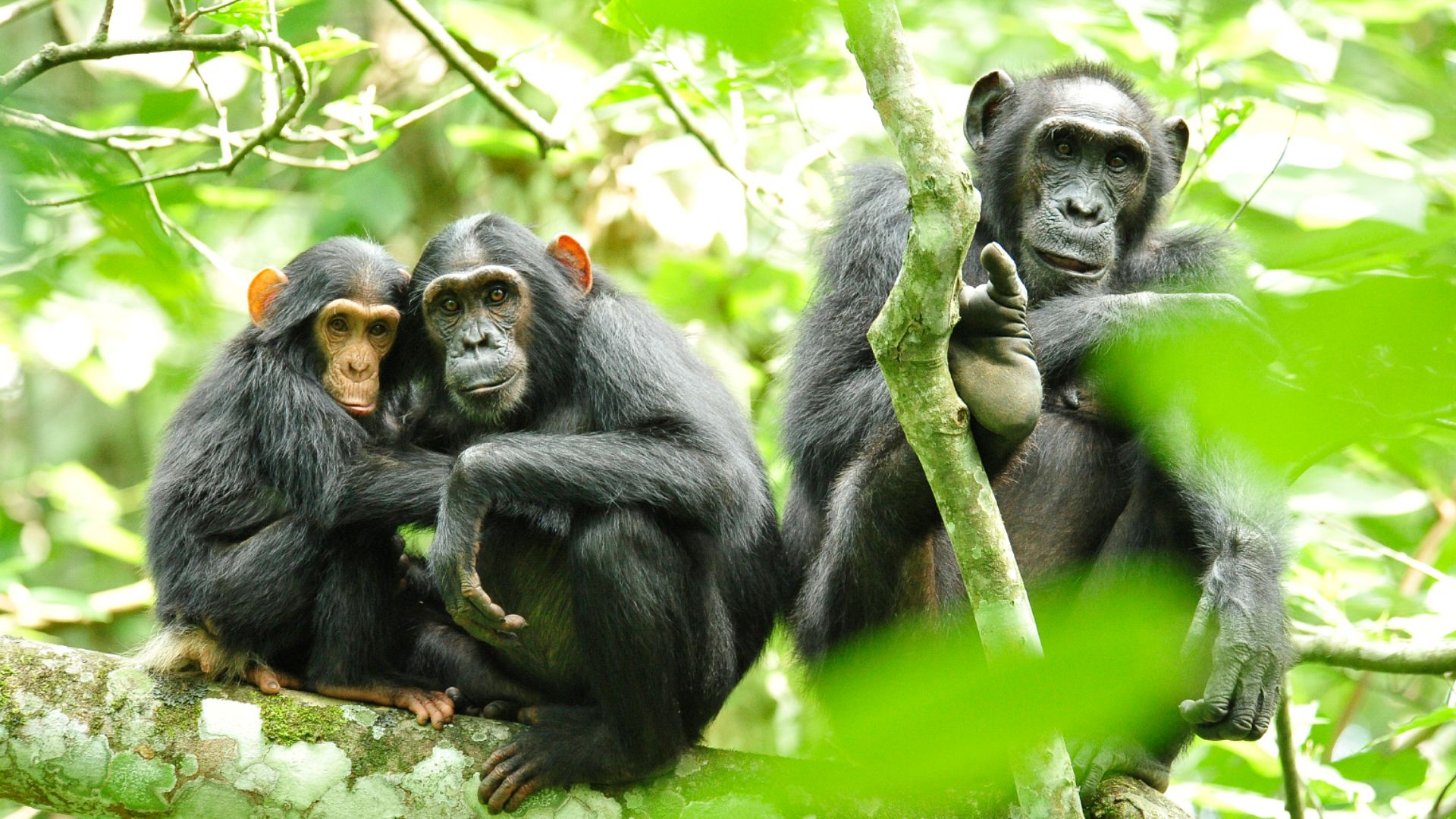 USAID Africa Bureau, Wikimedia Commons
USAID Africa Bureau, Wikimedia Commons
Reading The Layers Of Hadar's Sediment
The Hadar Formation in Ethiopia comprises ancient river and floodplain sediments. These layers preserve fossils and artifacts in fine detail. By examining the depth and order of the strata, scientists can determine a relative timeline for Lucy's place in prehistory.
Radiometric Dating And The 3.2-Million-Year Clock
Scientists used potassium-argon radiometric methods to date volcanic ash layers above and below Lucy's fossil. This technique measures the decay of isotopes in volcanic rock. The results consistently placed Lucy at about 3.2 million years old, which makes her one of the earliest known bipedal hominins.
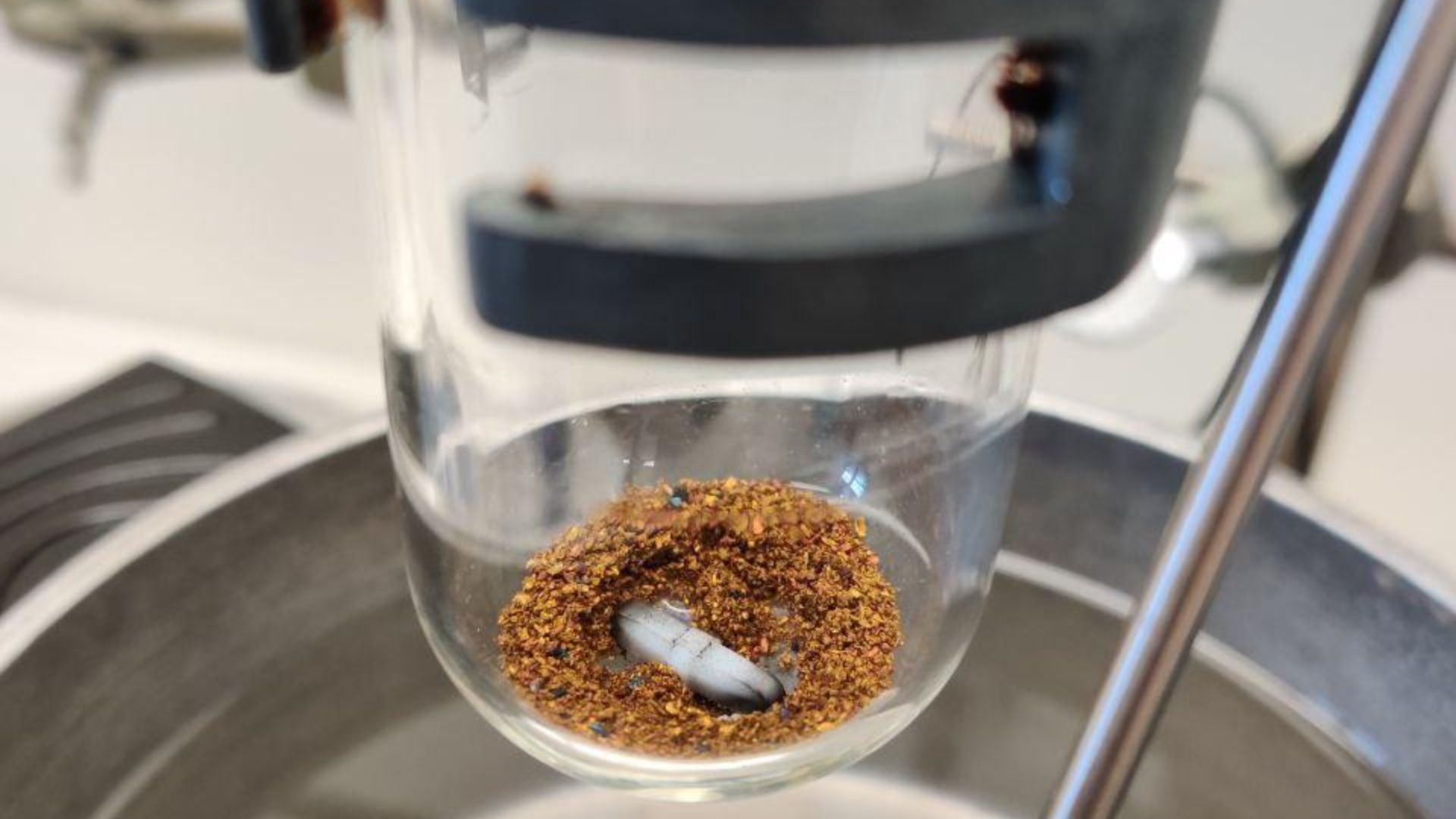 Meinichselbst, Wikimedia Commons
Meinichselbst, Wikimedia Commons
How Volcanic Ash Helped Confirm Her Age
Ash from volcanic eruptions blanketed the Afar region to form widespread time-stamped layers. Scientists used the unique chemical makeup of these deposits by aligning them with known eruption events to accurately pinpoint Lucy’s age, placing her firmly at around 3.2 million years old.
 tarotastic on Flickr, Wikimedia Commons
tarotastic on Flickr, Wikimedia Commons
Reconstructing Her Life Through Science
Clues from Lucy's bones and the Hadar environment help reconstruct her daily life. Her anatomy shows upright walking. The surrounding sediments suggest she lived in a mix of woodland and open grassland. These data offer a snapshot of how she moved and avoided predators.
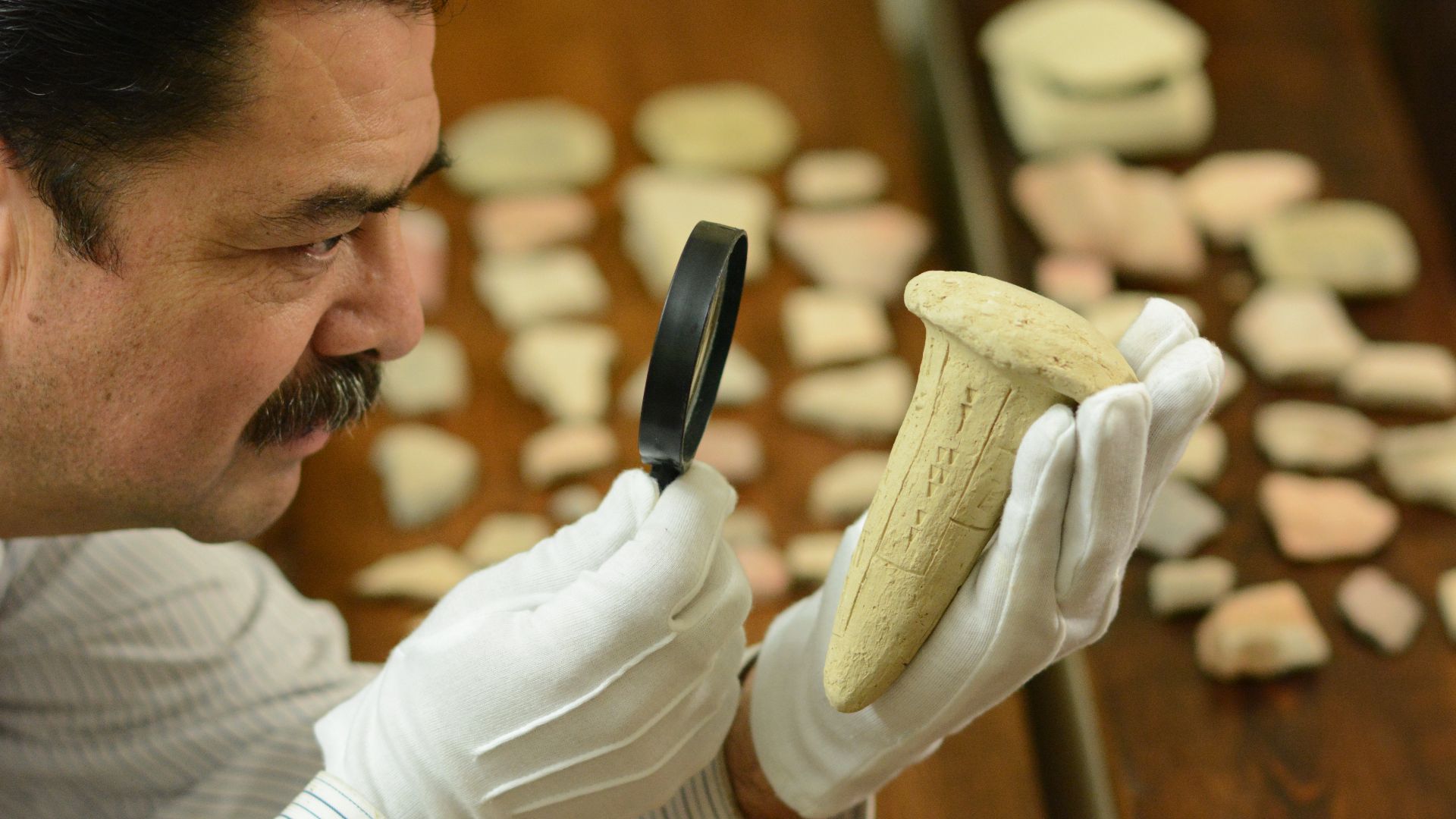 Santabiblia, Wikimedia Commons
Santabiblia, Wikimedia Commons
What May Have Caused Her Death
Lucy's skeleton showed no signs of disease or predator damage. However, a 2016 study by Kappelman et al. reported fractures consistent with a fall. CT scans revealed bone damage likely caused by a high drop, possibly from a tree, which she may have still climbed.
 Computed_tomography.jpg: Решила Вонасаx derivative work: RanZag (talk), Wikimedia Commons
Computed_tomography.jpg: Решила Вонасаx derivative work: RanZag (talk), Wikimedia Commons
Is She Directly Related To Us?
Some scientists place Australopithecus afarensis in the direct line leading to Homo sapiens, while others see it as a close cousin. Her traits—upright walking and ape-like arms—suggest she's part of the evolutionary web, though not necessarily a direct ancestor.
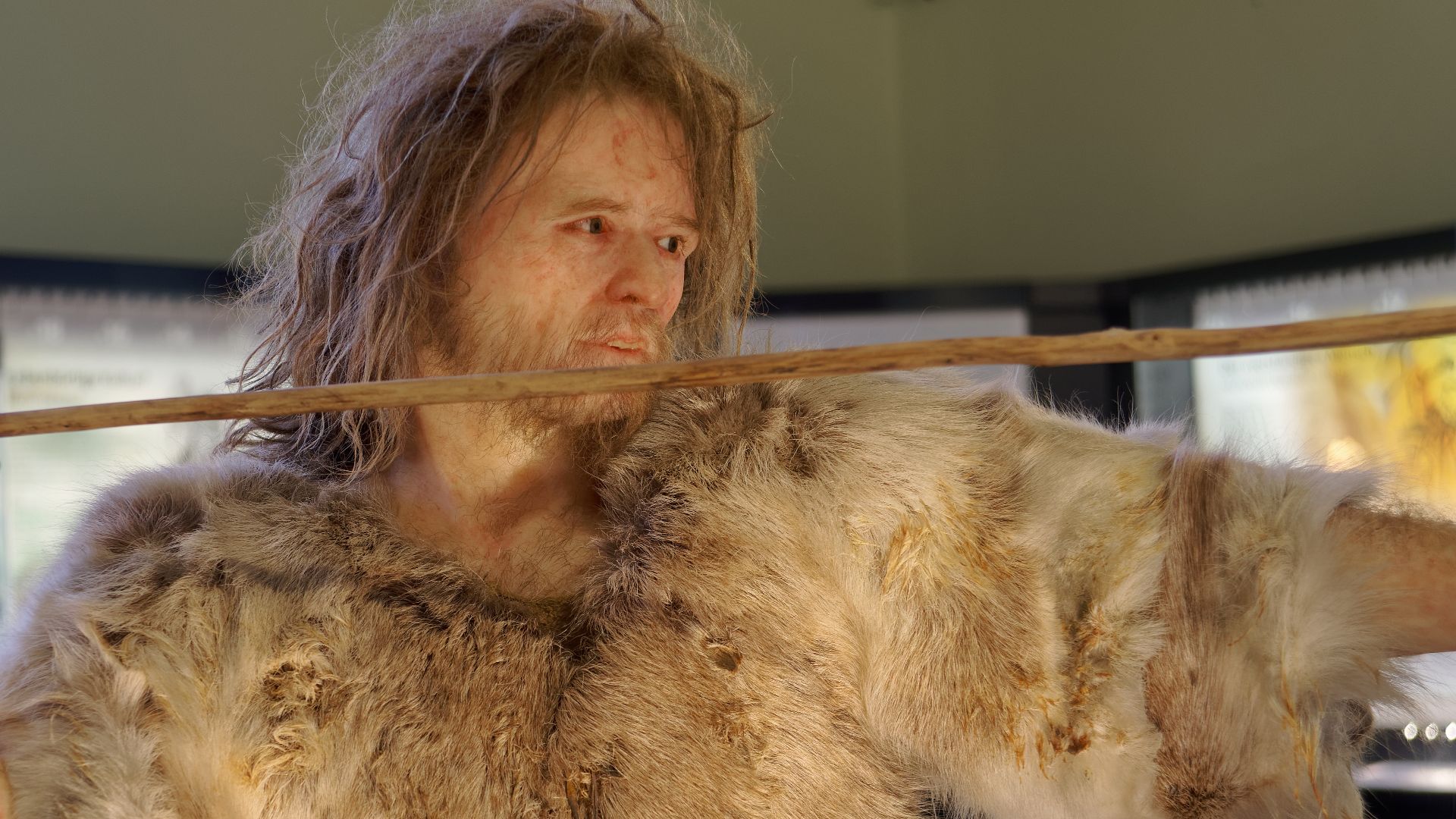 Jakub Hałun, Wikimedia Commons
Jakub Hałun, Wikimedia Commons
Is She Directly Related To Us? (Cont.)
Recent genome comparisons are impossible with afarensis due to the absence of DNA, but her body structure closely aligns with later hominins like Homo habilis. Studies of pelvic structure and dental traits support the idea that she contributed to the lineage, but certainty remains elusive without genetic evidence.
Who Came First Between Lucy And Ardi?
Ardi (Ardipithecus ramidus) predates Lucy by over a million years. Found in Ethiopia and dated to 4.4 million years ago, Ardi had grasping feet and a flexible pelvis. While Ardi may represent an earlier branch, Lucy shows more advanced traits linked to habitual bipedalism.
What Selam Revealed That Lucy Couldn't
Discovered in Dikika, Ethiopia, Selam is a juvenile Australopithecus afarensis dated to about 3.3 million years ago. Unlike Lucy, Selam's fossil includes a more complete skull and hyoid. Her shoulder blades and inner ear canals suggest better climbing ability and possibly longer childhood dependency.
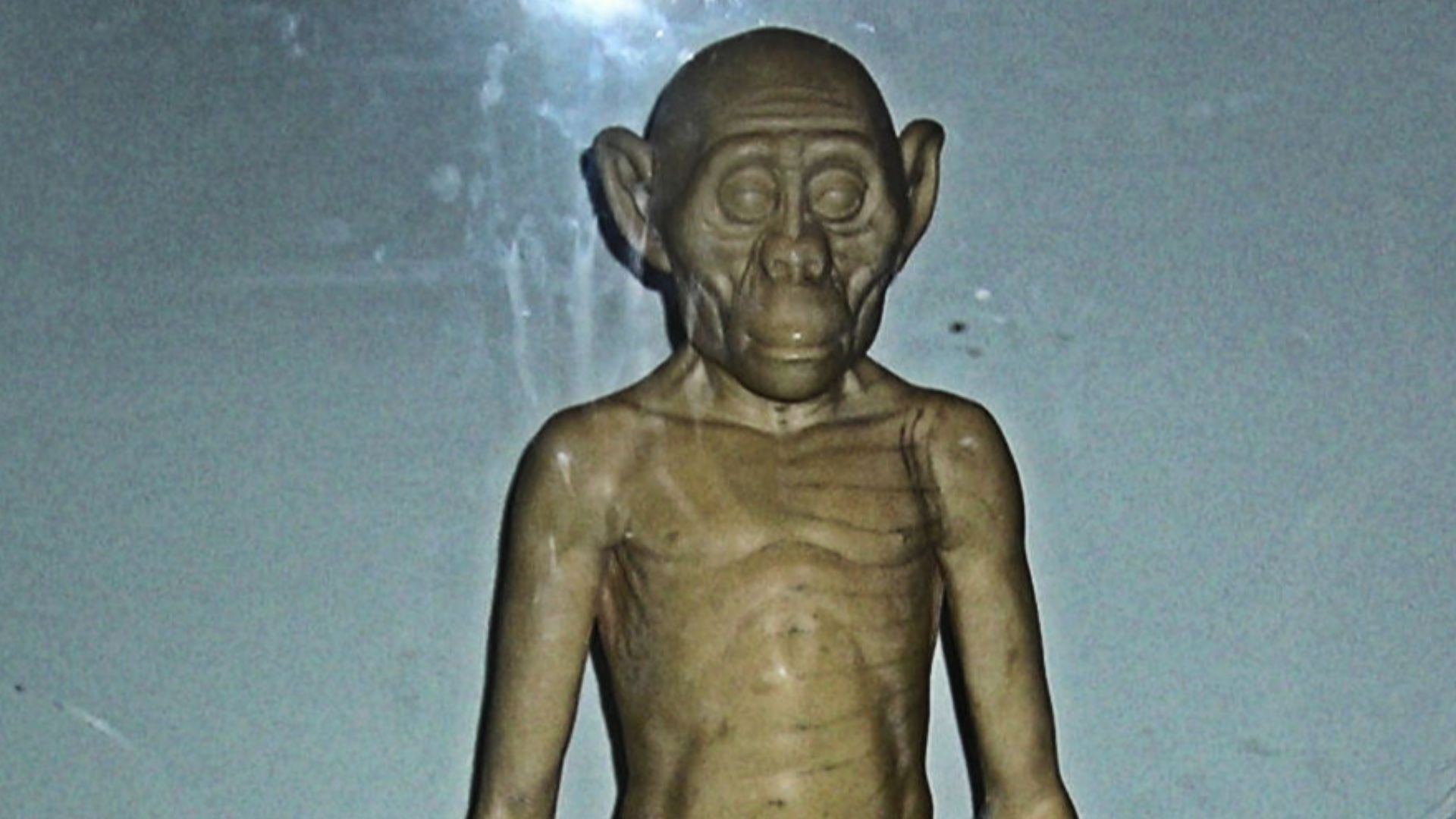 Jim Linwood, Wikimedia Commons
Jim Linwood, Wikimedia Commons
Where Scientists Still Disagree On Her Role
Debates persist over how to classify Lucy's evolutionary significance. Some view her as a transitional figure that bridges ancient apes and modern humans. Others argue she was a side branch. Ongoing fossil finds and modern analyses keep reshaping her place in the hominin tree.
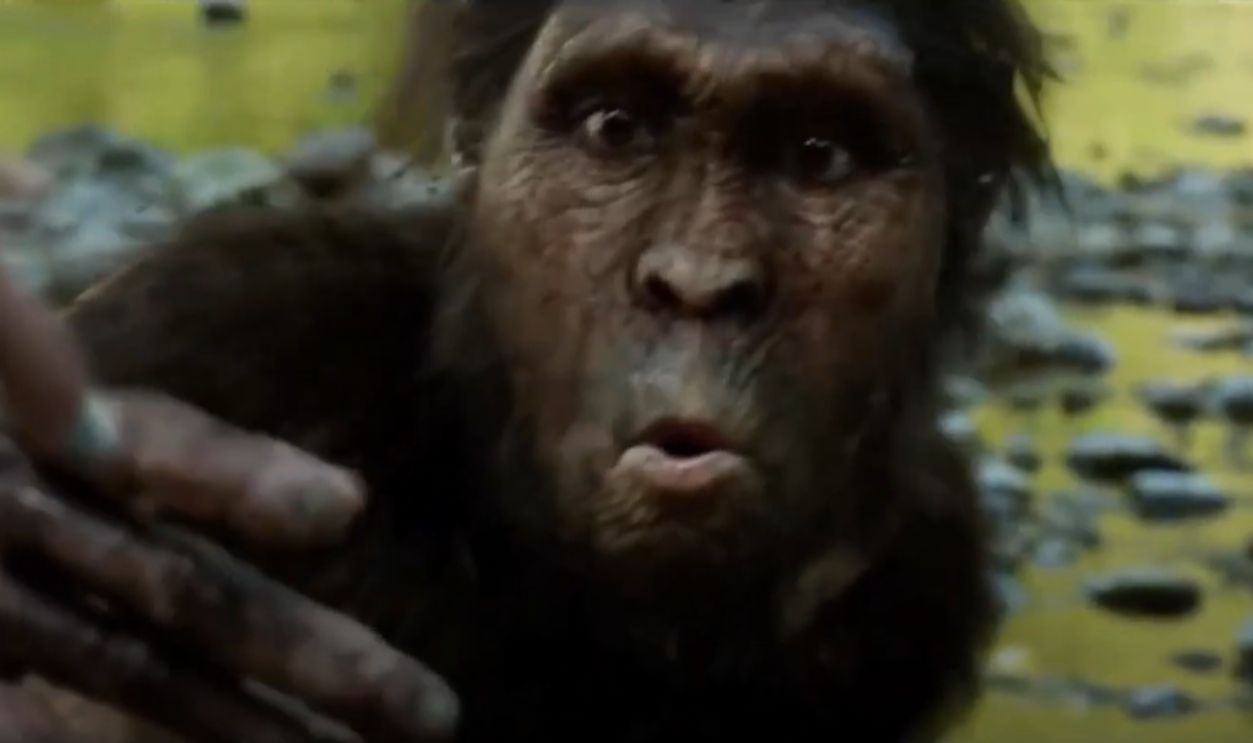 Lucy [2014] - Australopithecus Screen Time by Simonium_Editz
Lucy [2014] - Australopithecus Screen Time by Simonium_Editz
The Press Conference Heard Around The World
In 1974, after Lucy's discovery, Donald Johanson held a press conference that attracted scientists and media worldwide. The announcement introduced one of the oldest and most complete hominin skeletons ever found. Headlines highlighted a breakthrough in human origins, which sparked widespread public fascination and debate.
Textbooks Rewritten After Her Discovery
Before Lucy, theories on human evolution often prioritized brain growth over bipedalism; her fossil changed that narrative. Textbooks were updated to reflect that walking on two legs developed long before large brains. Lucy became a key reference point in anthropology and early education materials worldwide.
Lucy's Role In Inspiring New Fossil Finds
Following her discovery, researchers intensified fossil hunts in East Africa. Lucy's significance inspired a wave of fieldwork in Ethiopia, Kenya, Tanzania, and beyond. Sites like Laetoli and Dikika gained attention, which led to significant findings, including Selam, that expanded what we know about early hominins.
Her Influence On University Research Programs
Lucy's discovery reshaped anthropology departments across universities. Grants increased, and paleoanthropology gained prestige. Graduate students began focusing on early hominins, and Lucy became a case study in evolutionary coursework by reinforcing her value in research and shaping academic priorities.
Where Lucy Is Housed Today
The National Museum of Ethiopia, located in Addis Ababa, contains a climate-controlled vault that preserves one of the most significant fossils ever found. Rarely on public display, Lucy's original remains are preserved with care, which underscores Ethiopia's role as a guardian of global human heritage.
The Fossil Repatriation Debate
The 2007 US tour of Lucy's fossil stirred global debate. While some praised the opportunity for public education, others condemned the move as risky and disrespectful to Ethiopia's heritage. The controversy exposed ongoing tensions between access to science and cultural stewardship.
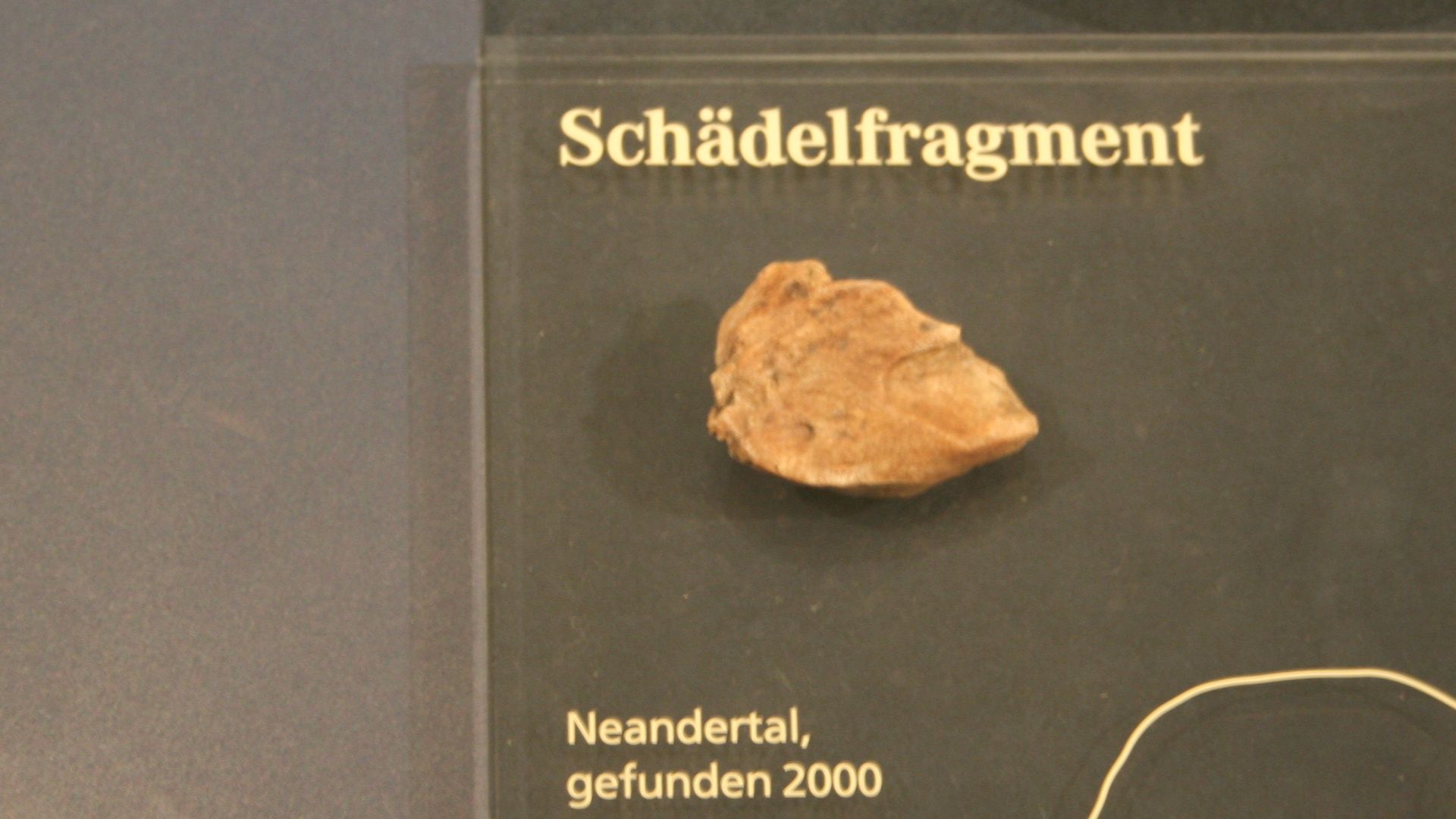 Einsamer Schütze, Wikimedia Commons
Einsamer Schütze, Wikimedia Commons
Ethiopia's Role In Preserving Lucy's Legacy
Ethiopia has played a leading role in protecting Lucy and promoting her legacy. The country has invested in scientific infrastructure and is showcasing replicas globally. By retaining her remains locally, Ethiopia emphasizes sovereignty over its ancient past and its central role in human origins research.
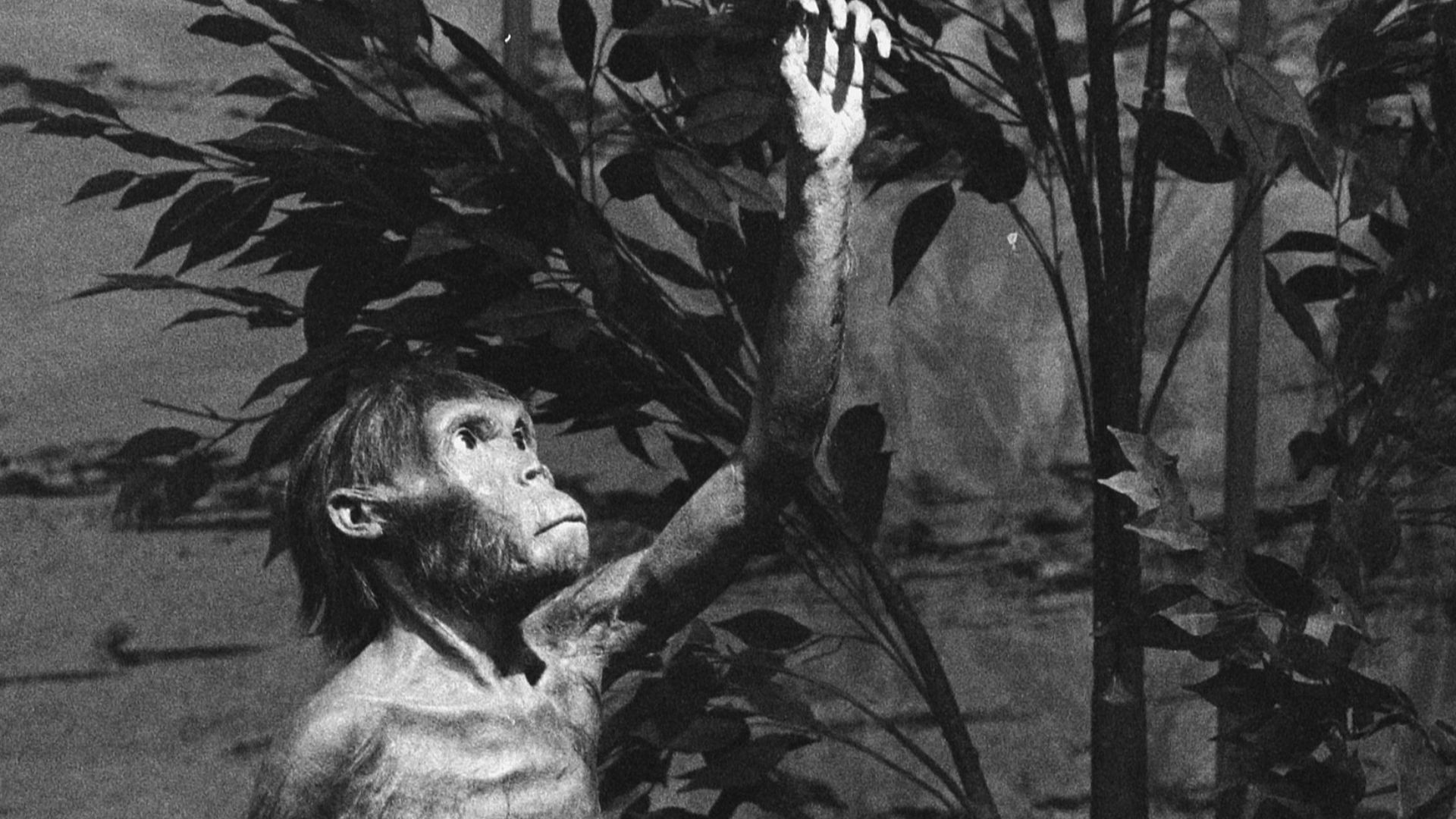 Rob Bogaerts / Anefo, Wikimedia Commons
Rob Bogaerts / Anefo, Wikimedia Commons
How 3D Scanning Is Giving Us New Insights
Advanced 3D scanning has allowed researchers to preserve and share Lucy's skeleton with scientists worldwide digitally. These scans help analyze microscopic damage and create highly accurate replicas that enable study without endangering the original fossil.
 IT Photography, Wikimedia Commons
IT Photography, Wikimedia Commons
Research Projects That Still Reference Lucy
Dozens of academic papers each year still reference Lucy in comparative studies. Her fossil provides a baseline for understanding locomotion and evolutionary placement. From limb proportions to inner ear structure, Lucy continues to serve as a foundation for research on early hominins.
Her Impact On How Museums Present Evolution
Museum exhibits now highlight bipedalism as an early human trait by placing it before brain development in the evolutionary timeline. Many displays feature Lucy or a replica as their focal point. Her discovery reshaped museum storytelling to make human evolution more accessible and compelling to broader audiences.
Why Lucy Is Still Studied Five Decades Later
Because of her completeness and age, Lucy remains a reference fossil. Her bones offer new insights through modern tools like CT scanning and comparative anatomy. Even 50 years on, she is central to how scientists study early human ancestors.

